2024 U.S. Open: A Look Ahead
2024 U.S. Open: A Look Ahead
By Lee Pace
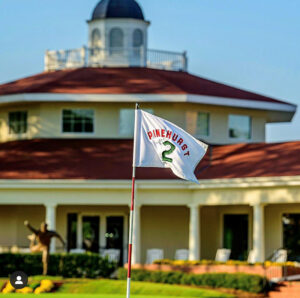 The Village of Pinehurst, the broader Sandhills community and the revered No. 2 course are officially in countdown mode as the calendar swings to one year out from the 2024 U.S. Open. Where did 10 years go so quickly since June 2014, the last time the USGA brought its marquee event to the sandy loam and turtleback greens of Pinehurst No. 2? “It’s exciting and energizing when you think that it’s actually here,” John Jeffreys, course superintendent of Pinehurst No. 2, says of the transition from Los Angeles Country Club on Father’s Day 2023 to the 2024 competition to Pinehurst. “The great thing about this golf course is there’s not a lot to be done to it,” Jeffreys says of the transition from resort and member play to having the game’s elite golfers compete for the national championship.
The Village of Pinehurst, the broader Sandhills community and the revered No. 2 course are officially in countdown mode as the calendar swings to one year out from the 2024 U.S. Open. Where did 10 years go so quickly since June 2014, the last time the USGA brought its marquee event to the sandy loam and turtleback greens of Pinehurst No. 2? “It’s exciting and energizing when you think that it’s actually here,” John Jeffreys, course superintendent of Pinehurst No. 2, says of the transition from Los Angeles Country Club on Father’s Day 2023 to the 2024 competition to Pinehurst. “The great thing about this golf course is there’s not a lot to be done to it,” Jeffreys says of the transition from resort and member play to having the game’s elite golfers compete for the national championship.
No. 2 was stripped of acres of lush Bermuda rough during the Bill Coore & Ben Crenshaw restoration in 2010-11 and the extremities rebuilt to mirror the natural landscape of the Sandhills — hardpan sand, wiregrass, pine needles and assorted vegetation. So there is no narrowing of fairways and watering the rough to prepare this course for the U.S. Open. The major difference will be the greens surfaces — they were converted from Penn G-2 bent immediately after the 2014 championship to ultra-dwarf Bermuda, following the trend of the last decade of courses in the Mid-Atlantic “transition zone” to swap bent greens for the more heat-tolerant Bermuda surfaces. “This is the first time the U.S. Open has been played on ultra-dwarf Bermuda,” Jeffreys says. “Generally, they’re a little firmer, a little faster than what we had before. We’ll concentrate leading up to the competition on improving the quality of the ball roll-out, working on the texture of the leaf.”
John Bodenhamer, chief championships officer for the USGA, remembers that there was little rain in the six weeks leading up to the Open in June 2014 and the U.S. Women’s Open that followed behind. “We were blessed with weather that allowed us to control the firmness and playability of course No. 2,” he says. “If the weather is different, we will adjust accordingly. The one aspect of No. 2 that we will be studying very closely once again are the sandy natural areas. We will want to make sure that they are prepared in a manner that presents an appropriate penalty for missing the fairway. Otherwise, we plan to just let Pinehurst be Pinehurst, as Donald Ross’ masterpiece will surely produce another memorable U.S. Open.”
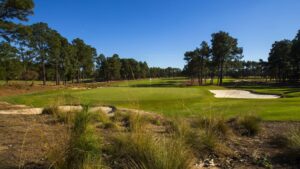 Bill Coore and Ben Crenshaw both had occasion to be in Pinehurst in the spring of 2023 and applauded the look and texture of the No. 2 course. It was essentially as they left it in 2011 and as champions Martin Kaymer and Michelle Wie saw it in 2014. “It just looked to me like, ‘Go play,’” Coore says. “The presentation is just perfect. It hasn’t changed in nine years. If anything, it’s better.” Adds Crenshaw: “It looked fabulous. There’s not much to do. The bunkers look great. The wire grass is terrific. The greens are beautiful. The outskirts are just striking. Every time I get around it, I get inspired.”
Bill Coore and Ben Crenshaw both had occasion to be in Pinehurst in the spring of 2023 and applauded the look and texture of the No. 2 course. It was essentially as they left it in 2011 and as champions Martin Kaymer and Michelle Wie saw it in 2014. “It just looked to me like, ‘Go play,’” Coore says. “The presentation is just perfect. It hasn’t changed in nine years. If anything, it’s better.” Adds Crenshaw: “It looked fabulous. There’s not much to do. The bunkers look great. The wire grass is terrific. The greens are beautiful. The outskirts are just striking. Every time I get around it, I get inspired.”
The U.S. Open always elicits conversations about the rough, with typical Open rough growing anywhere from two to six inches, depending on the type of grass. In 2006, USGA official Mike Davis introduced the concept of “graduated rough,” maintaining different levels of difficulty depending on how far a drive missed a fairway. Shinnecock Hills in 2018 had four-inch fescue at its thickest point. At Winged Foot in 2020, the USGA ramped the meadow grass up to six inches. The bent grass rough at the Country Club in Brookline for 2022 was between five and six inches.
That’s all a moot point at Pinehurst. There are two cuts of grass on No. 2 — the greens are one, the fairways and tees are the other. That’s in stark contrast to the course’s grooming before the Coore-Crenshaw project, where there were six different lengths of grass on and around the course.
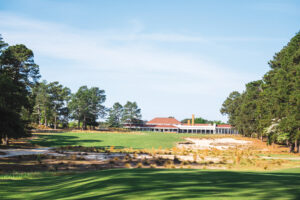
“At Pinehurst, the thought in going ‘natural’ is the player would get way more variety in what they faced when the ball got out of the fairway,” says Jim Hyler, the USGA president when No. 2 was renovated who has a home in the Village of Pinehurst. “It could be a perfect lie or you could be totally dead if you’re up against a clump of wiregrass. Mike and I loved the idea of going natural and removing the Bermuda roughs from No. 2. I think it has worked very well.”
Indeed it has. The countdown is on — just 12 months for guests at Pinehurst Resort to see for themselves before the game’s elite converge in the third week of June 2024.
Chapel Hill-based writer Lee Pace has written about golf in the Sandhills since the late 1980s and has authored a dozen books about clubs, courses and the people who’d made it special over more than a century.
Other Blogs
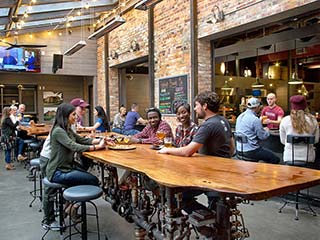
10 Great Things To Do
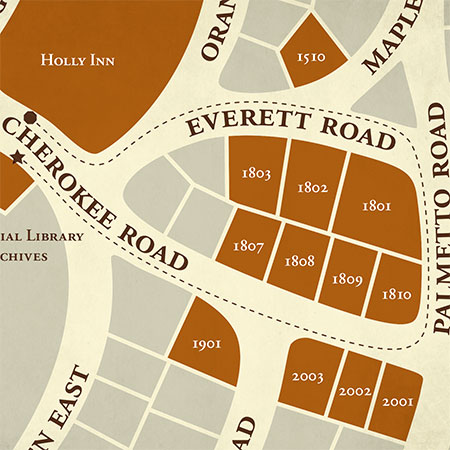
Discover The Path To Pinehurst’s Past

Insider Golf Tips
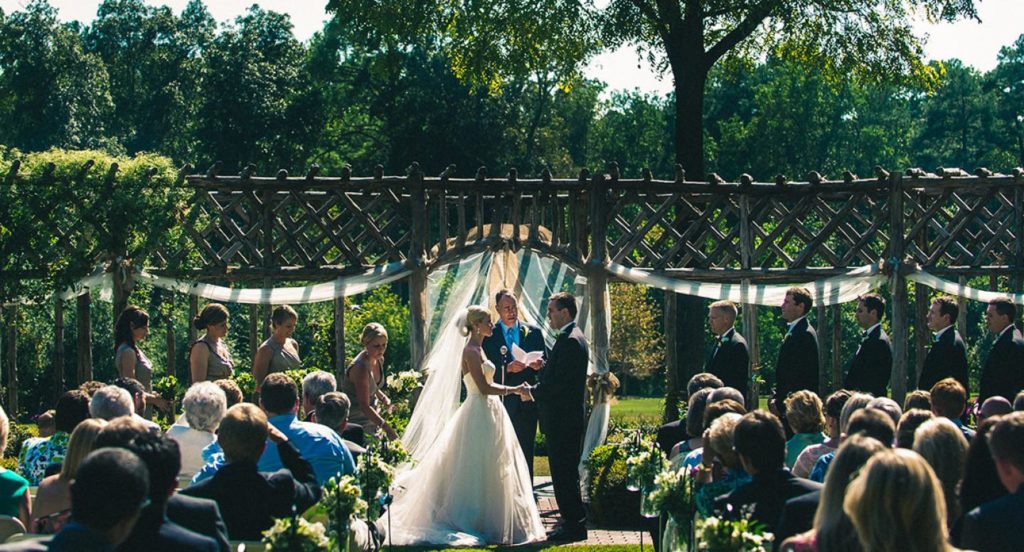
Unique Wedding Venues

North Carolina Couples Vacation
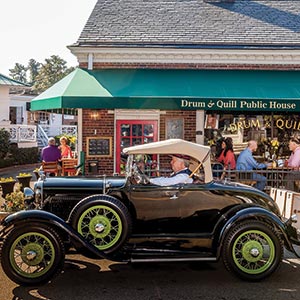
Our Favorite 19th Holes in the Home of American Golf

Girlfriend Getaways
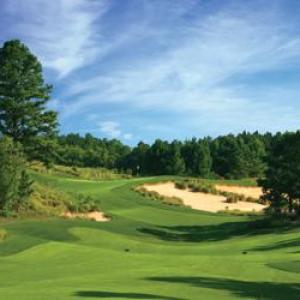
Tobacco Road: A Truly Unique Golf Adventure

Carolinas Golf Association Hall of History

Where the Ladies Golf
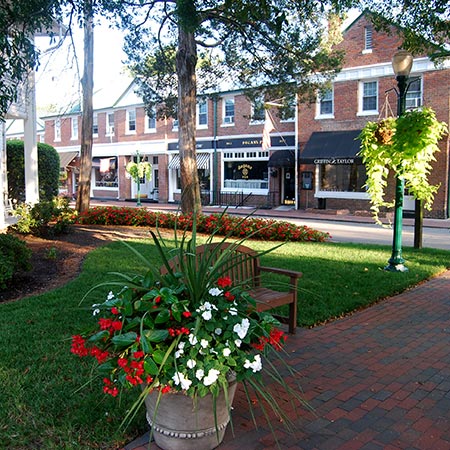
Romancing Pinehurst
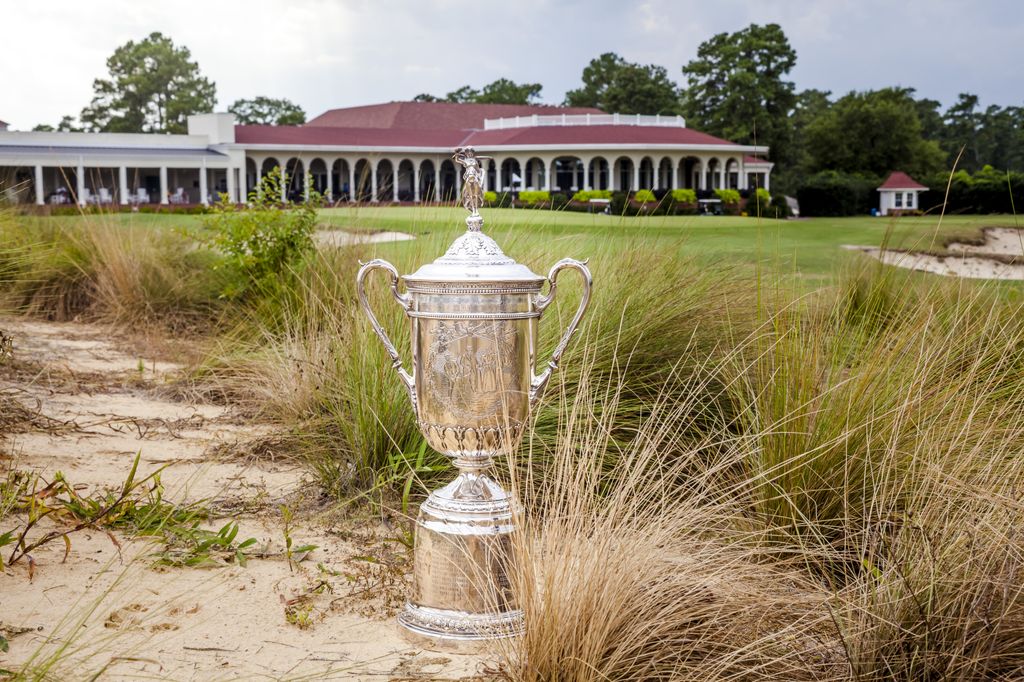
Home of American Golf and U.S. Open Connections

Former U.S. Open Champions Provide Pinehurst Area Some of Its Finest Designs

Donald Ross First of Many Architects to Design U.S. Open-Quality Courses in Sandhills
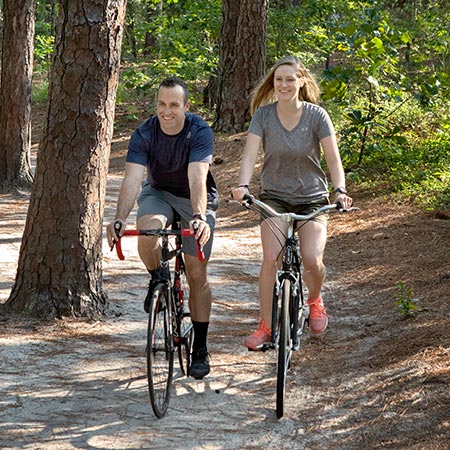
Sandhills Offers Outstanding Variety of Outdoor Activities
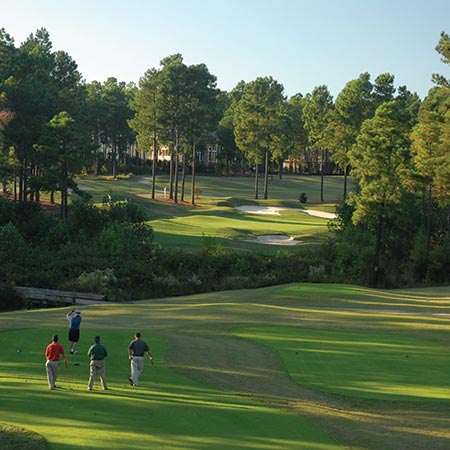
Buddy Golf Trip
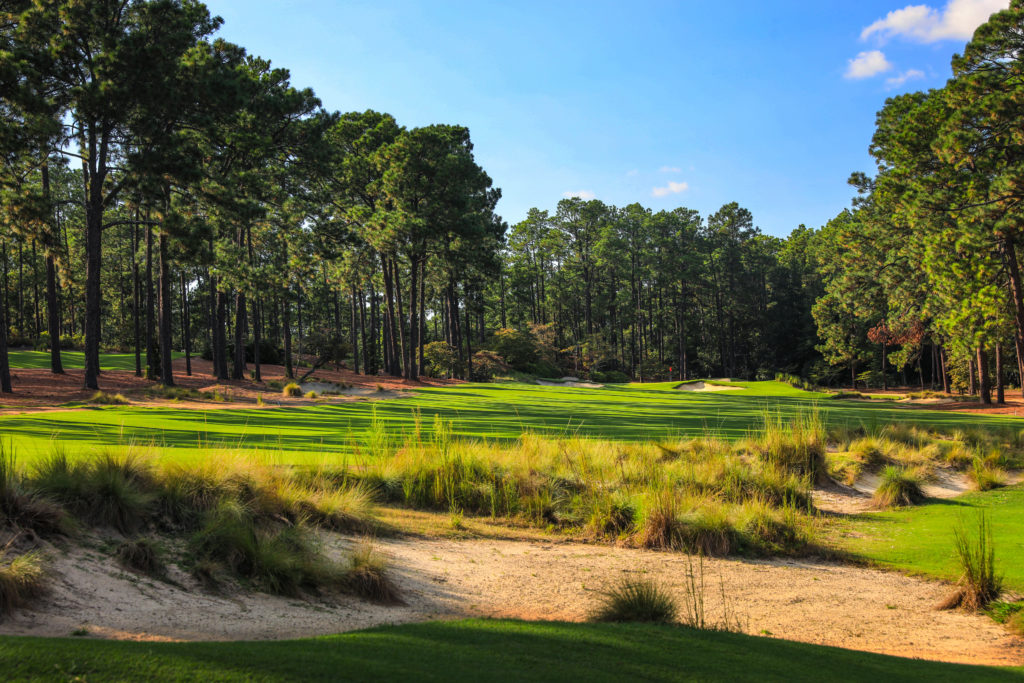
18 Holes of Local Knowledge for the Sandhills Golfer
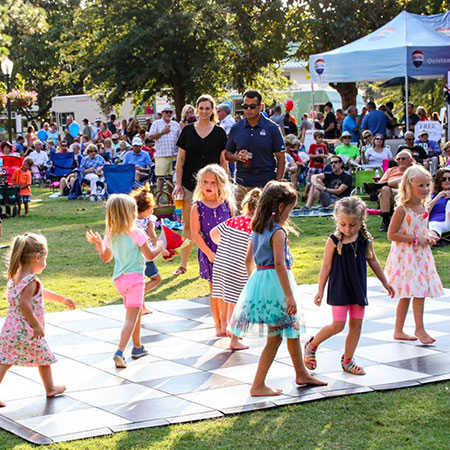
The Family Fun Trip
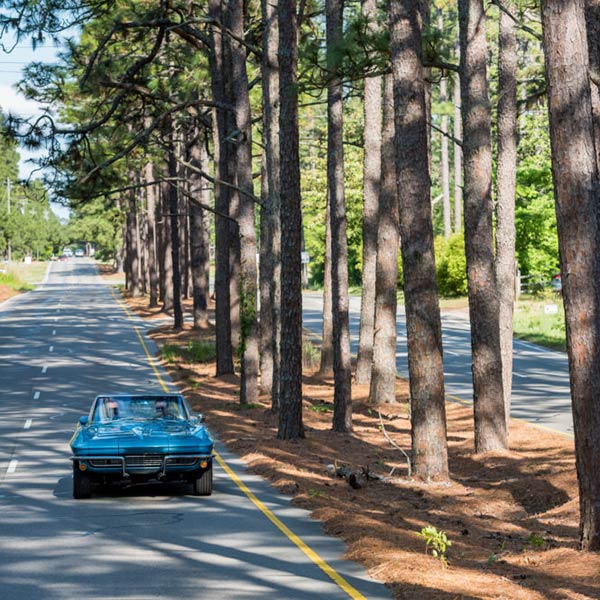
Midland Road: The “Fifth Avenue of Golf”

Collards, Community and Collaboration
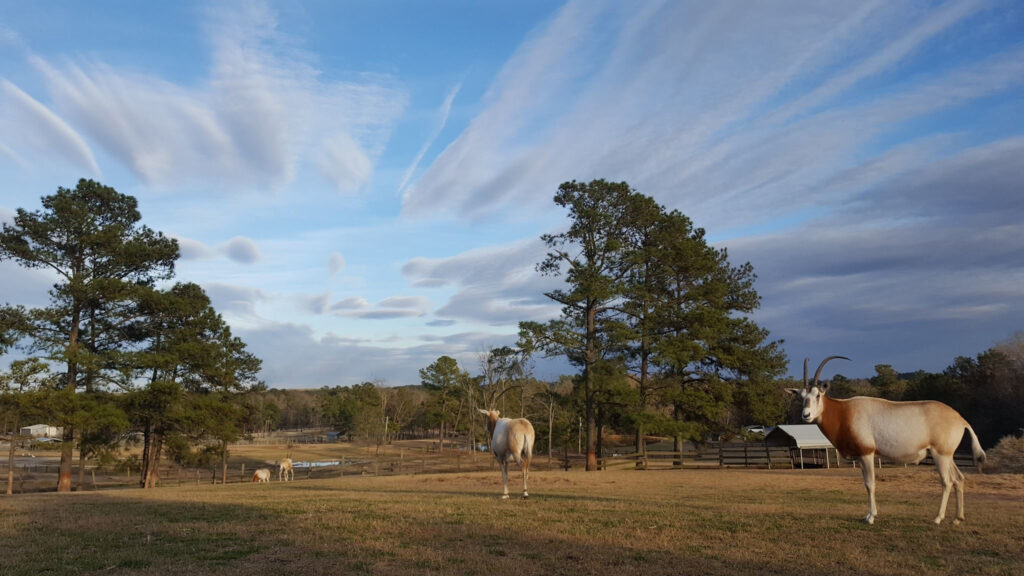
10 Little-Known Facts About North Carolina’s Pinehurst/Southern Pines Region

Sandhills Holiday Gift Guide

Spring Primer: Local Knowledge from the Home of American Golf

Our Favorite Coffee Shops in the Sandhills
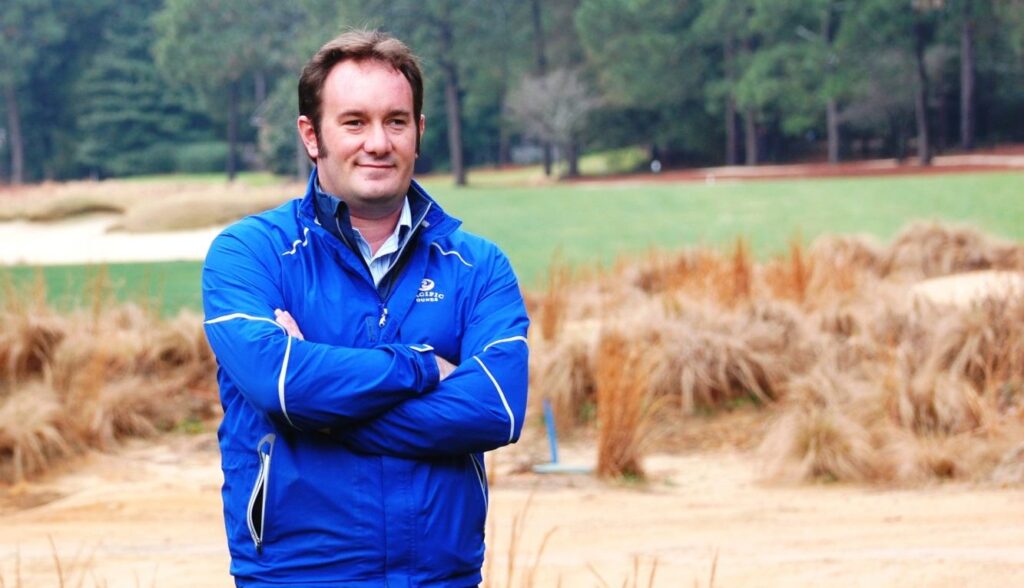
Franz Creating Legacy on the Links

Bring Fido! Pet-Friendly Finds Among the Pines
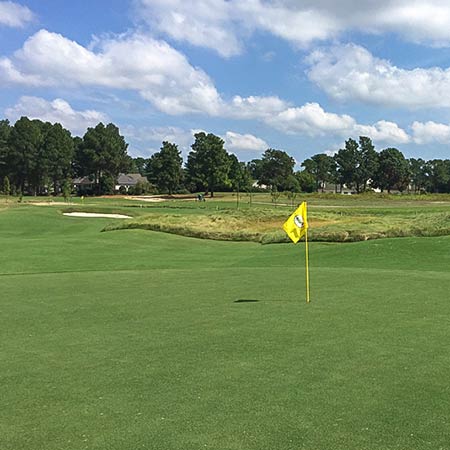
Bottlebrush: Pinehurst Area’s Best Kept Secret
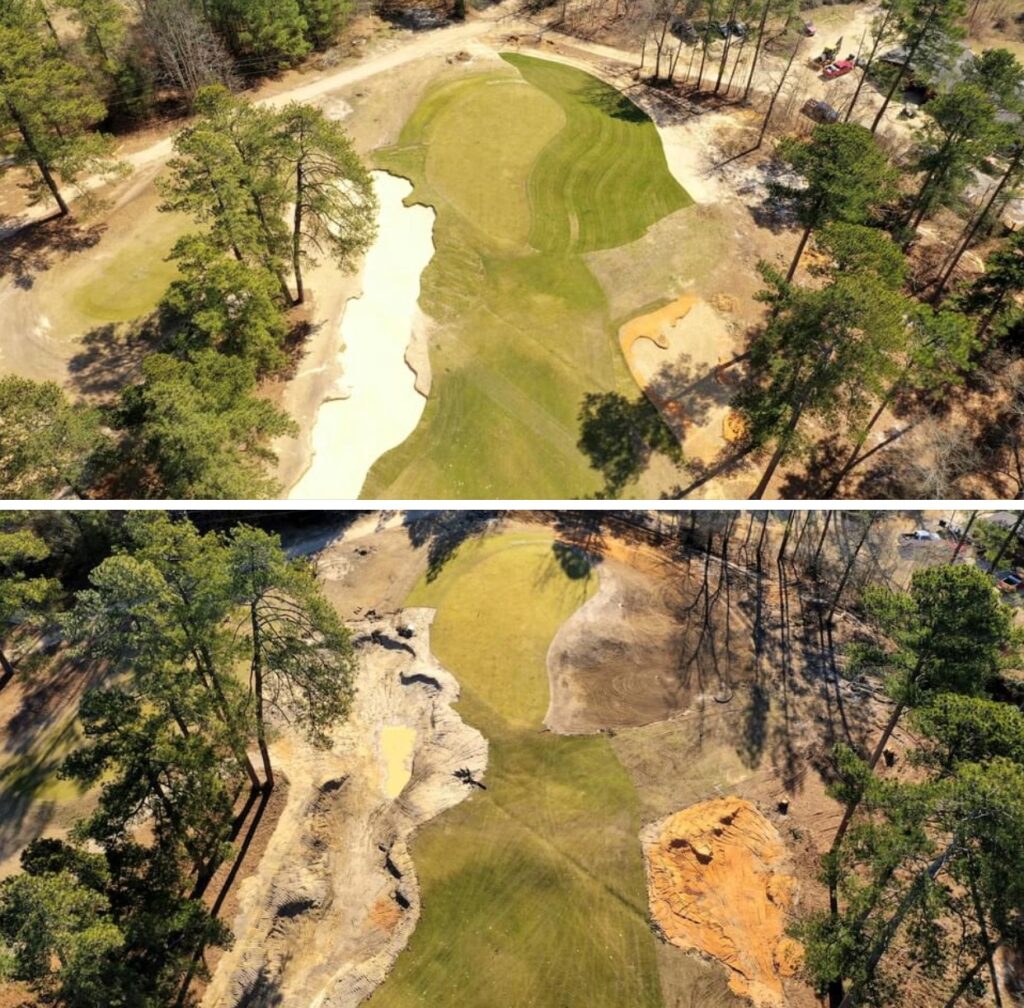
Franz Part 2: The Legacy Continues

Why Visit Pinehurst If You Don’t Play Golf?

First Timer’s Guide to Pinehurst
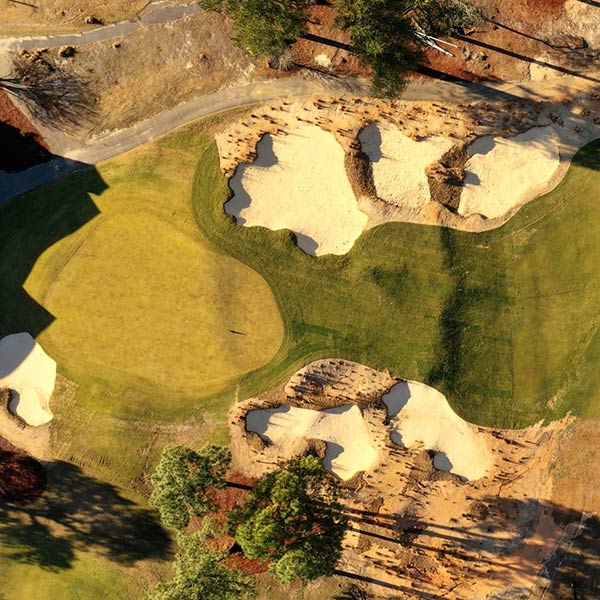
Franz Part 3: On Sandhills Topography
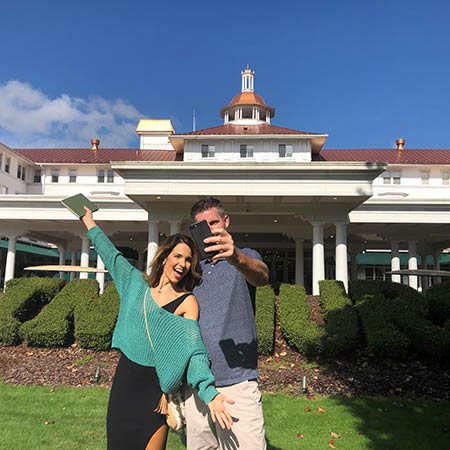
Top 10 Places for a #Sandhills Selfie
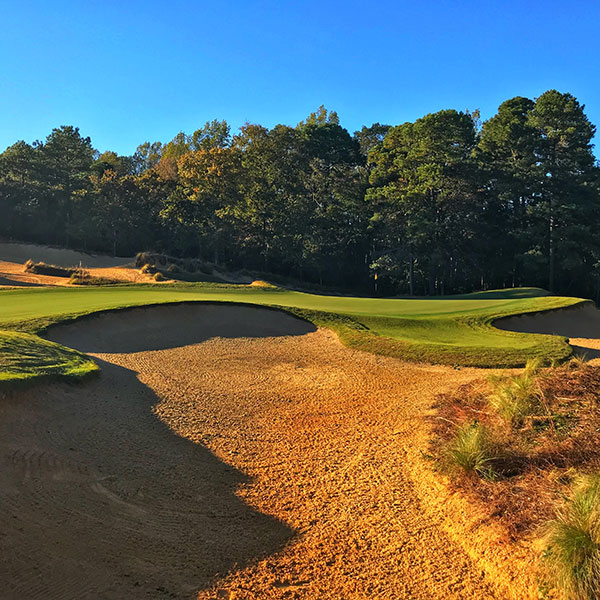
“Bermuda Revolution” Around Sandhills Leads to Ideal Year-Round Golf

Hunger Games – Sandhills Golfers Dining Guide

Episode 1: Golf Tips with Nick Bradley

Episode 2: Golf Tips with Nick Bradley

Sandhills Embraces Walking Culture
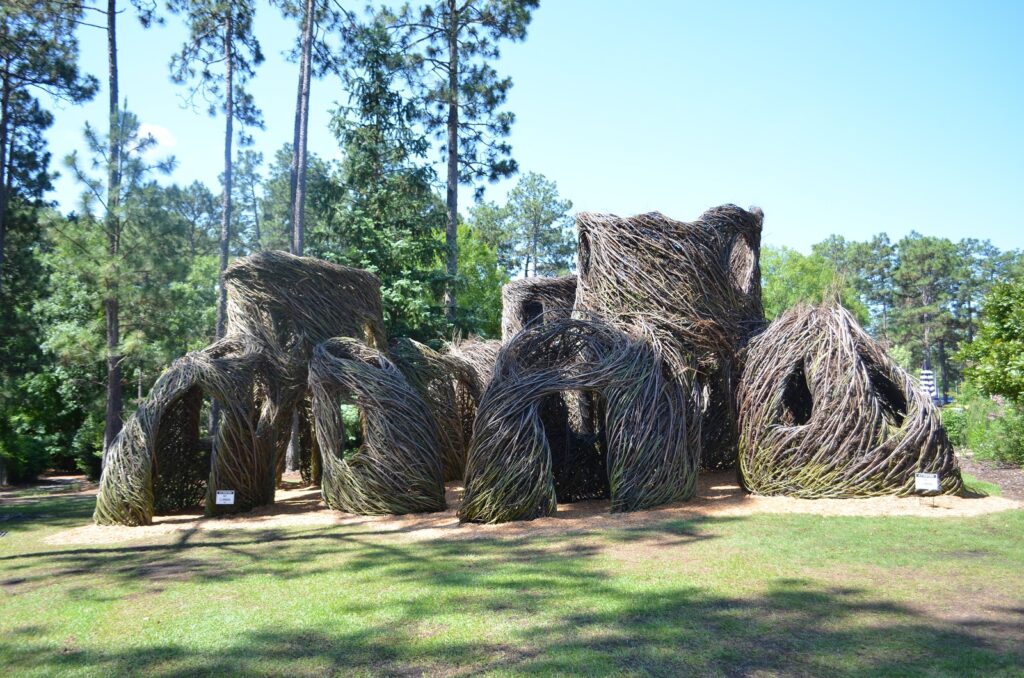
Patrick Dougherty: The Stickman Cometh

Dining A to Z

Fall Renewal in the Sandhills

Pinehurst’s Ryder Cup 1951

No. 2 Celebrates 10 Years

2004 Ryder Cup That Wasn’t
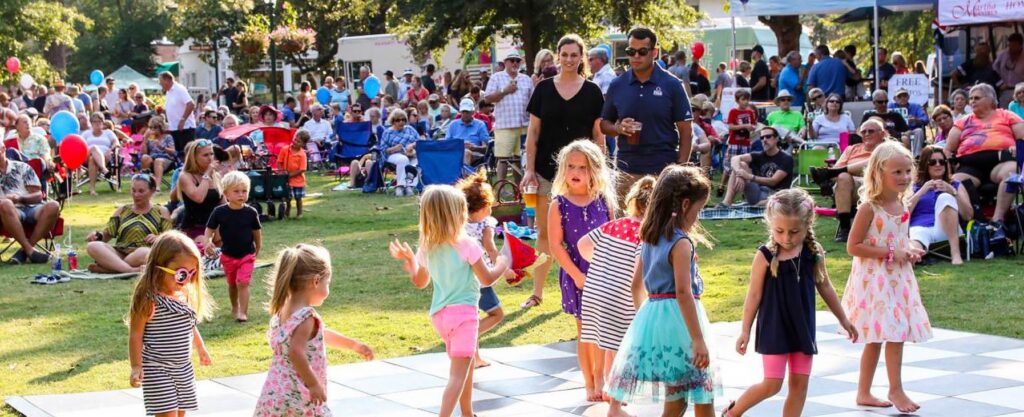
Family Fun in the Sandhills
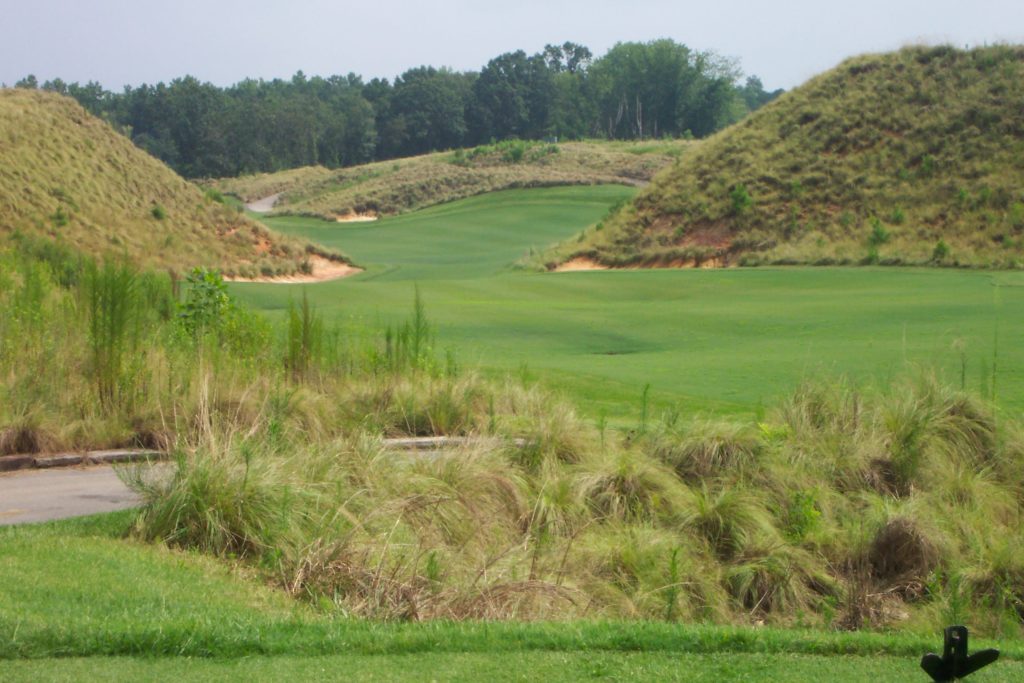
Remarkable Golf Stays in The Pinehurst Area

Couples Weekend Getaway Ideas

Nature’s Canvas: Tobacco Road

Perfect Getaway to Southern Pines

Culinary Discoveries in the Sandhills of N.C.

Restaurant Roundtable Q&A
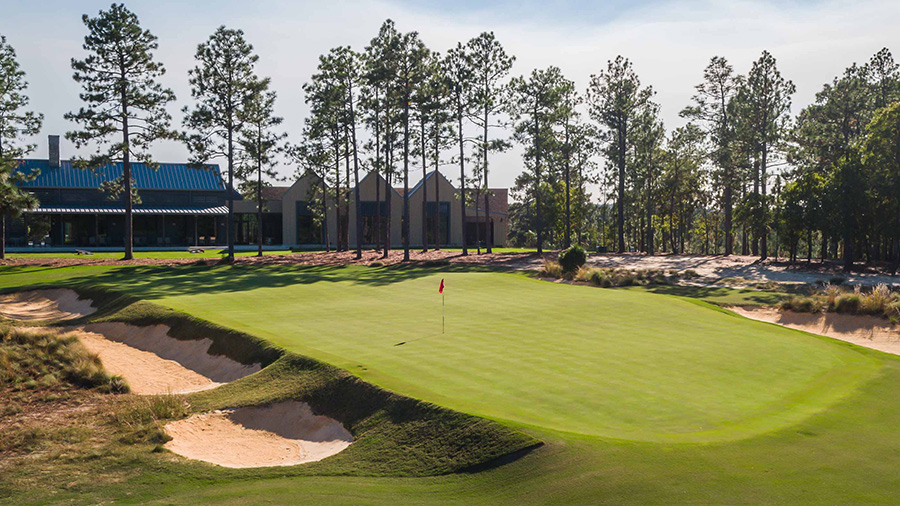
Dormie Club’s New Era
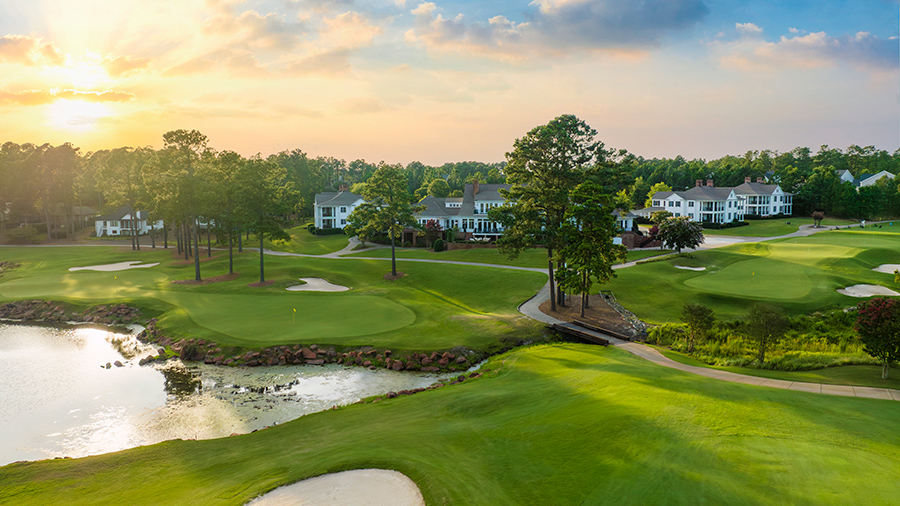
Talamore and Mid South: History of Their Own

Undiscovered Pinehurst

Off for Pinehurst
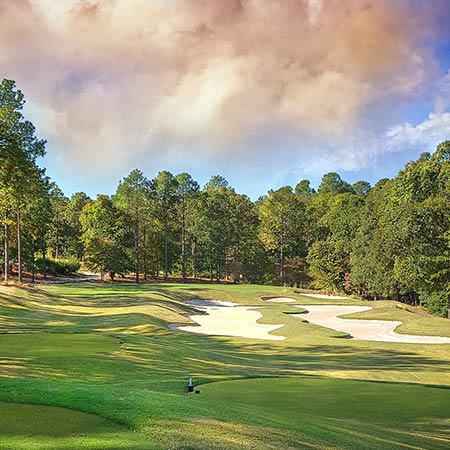
Talamore Doing More for 2022
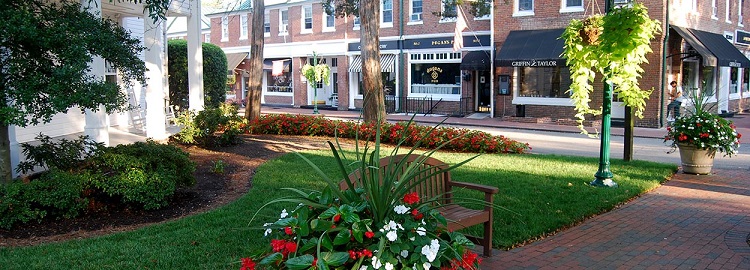
Romantic Gift Ideas In Pinehurst Area

Foodie Weekend in the Sandhills
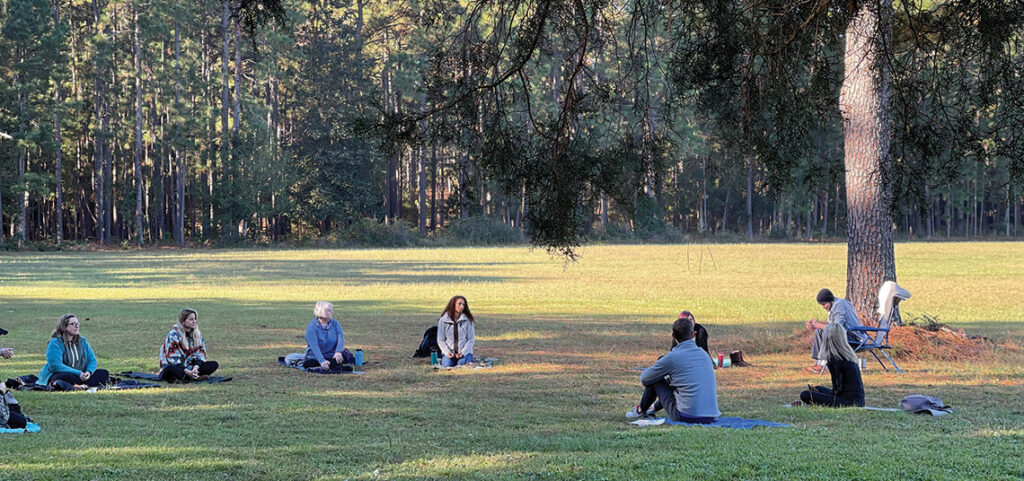
Wellness in the Pines

The Military Means Business in the Sandhills
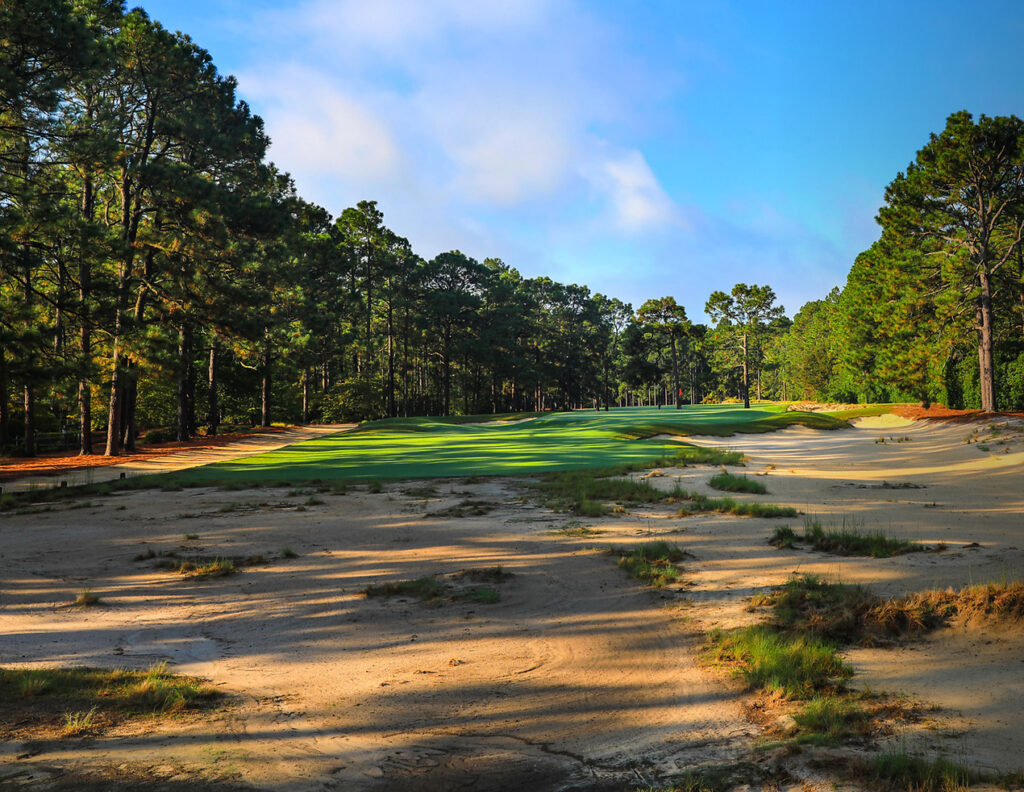
Pine Needles Goes Back in Time

Grande Dame of Women’s Golf
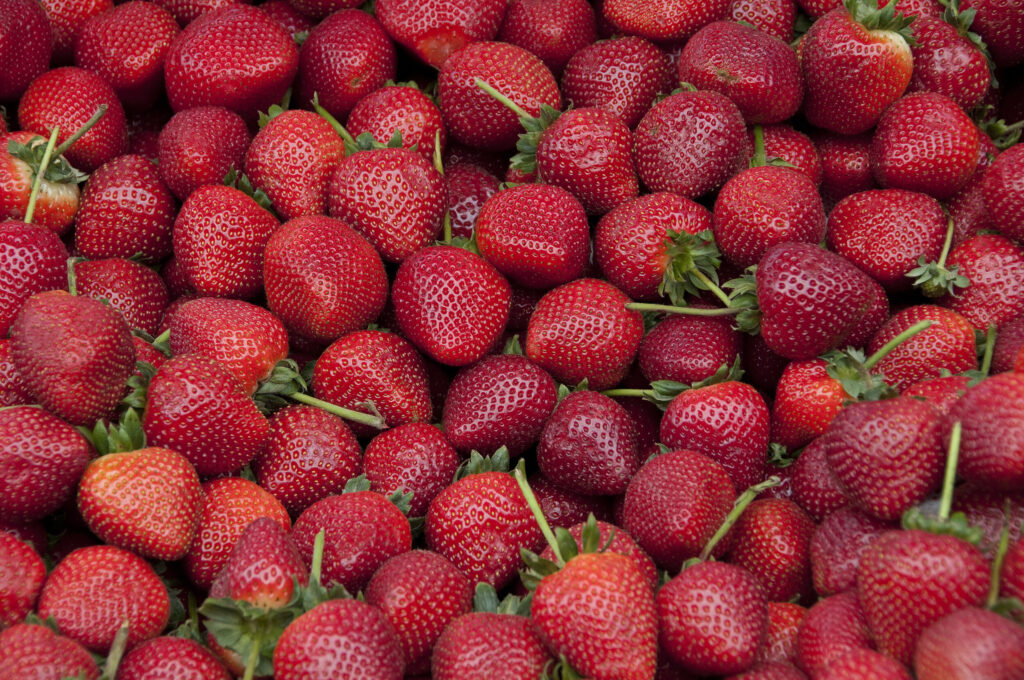
A Guide to Berry Picking in the Sandhills
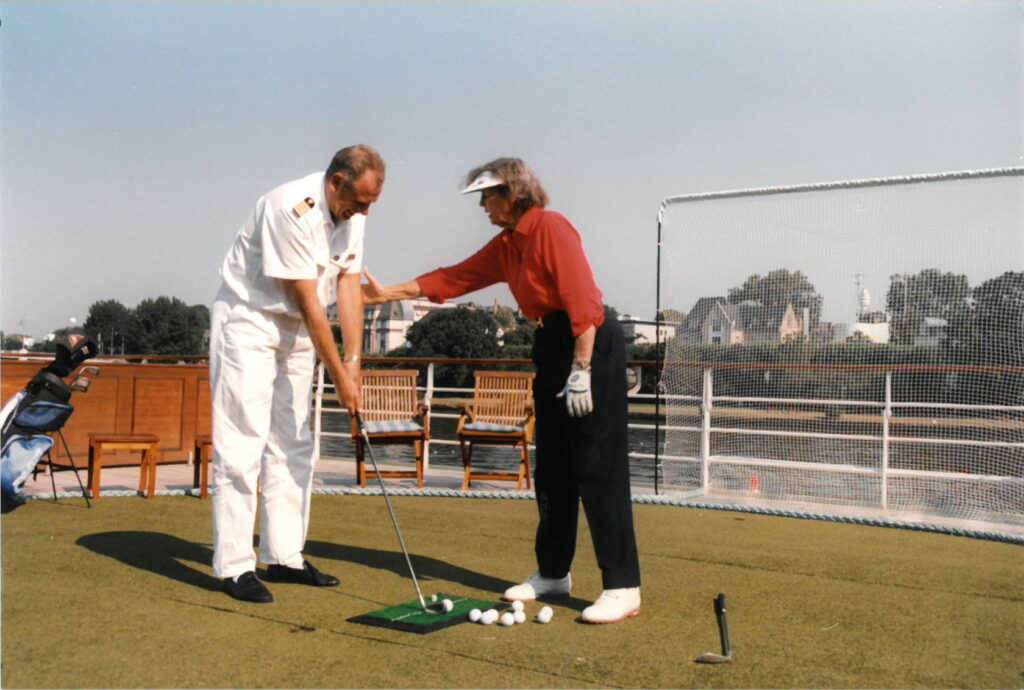
Waltzing on the Danube with Peggy Kirk Bell

From Cradle to Cradle

Donald Ross Could Golf His Ball
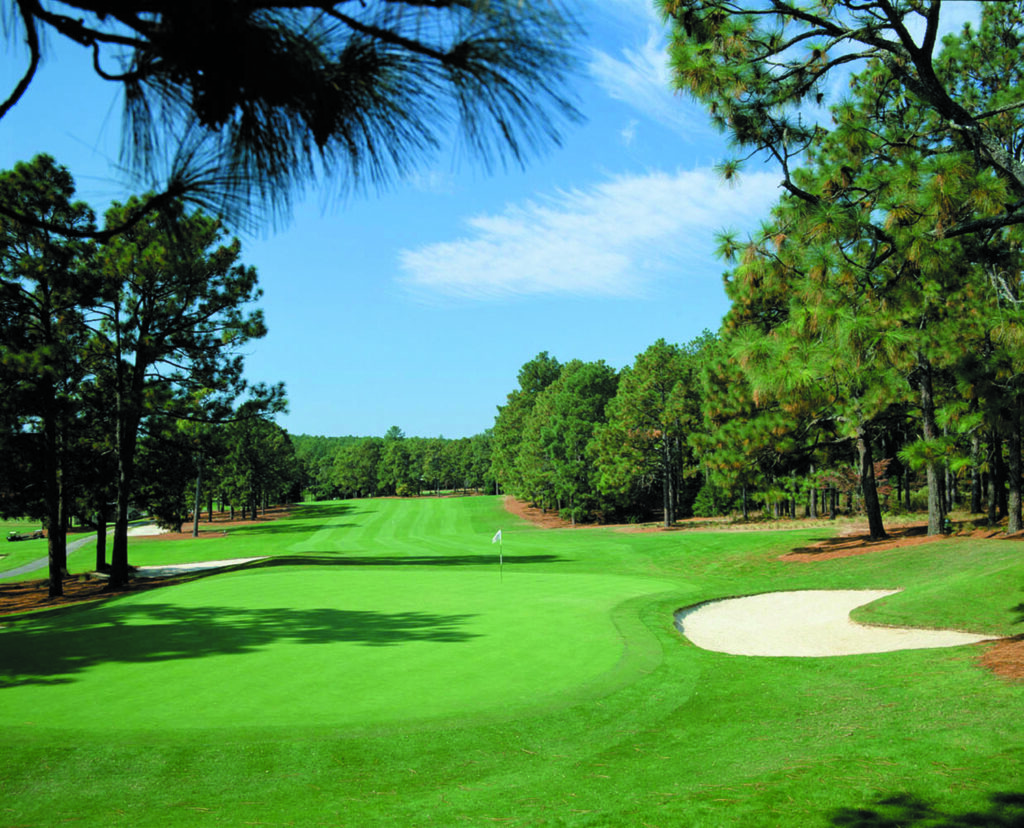
No Resting on Laurels Around the Home of American Golf
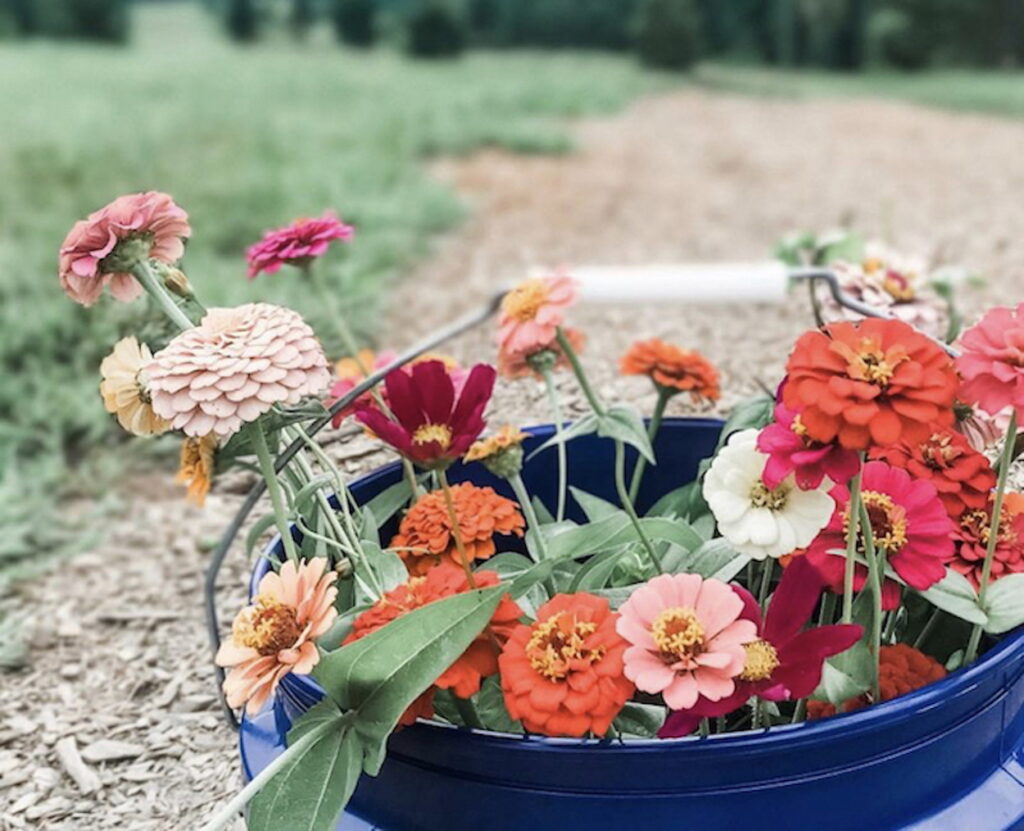
Flower Farms in the Sandhills
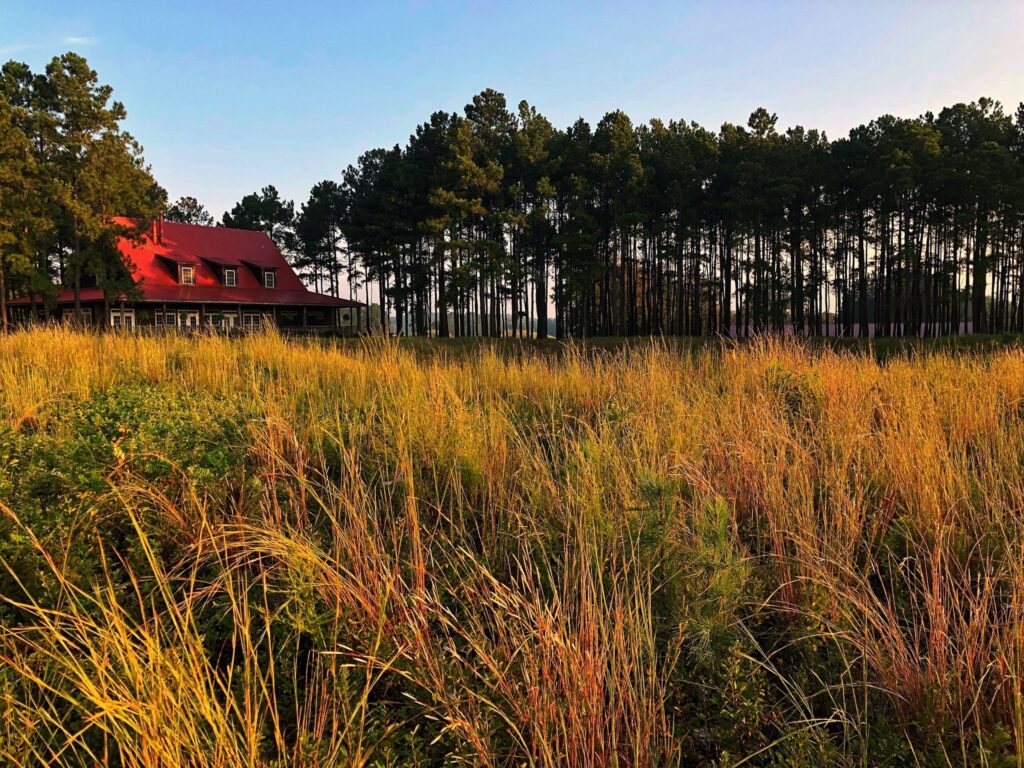
Fall into Pinehurst Golf

What Goes Around…
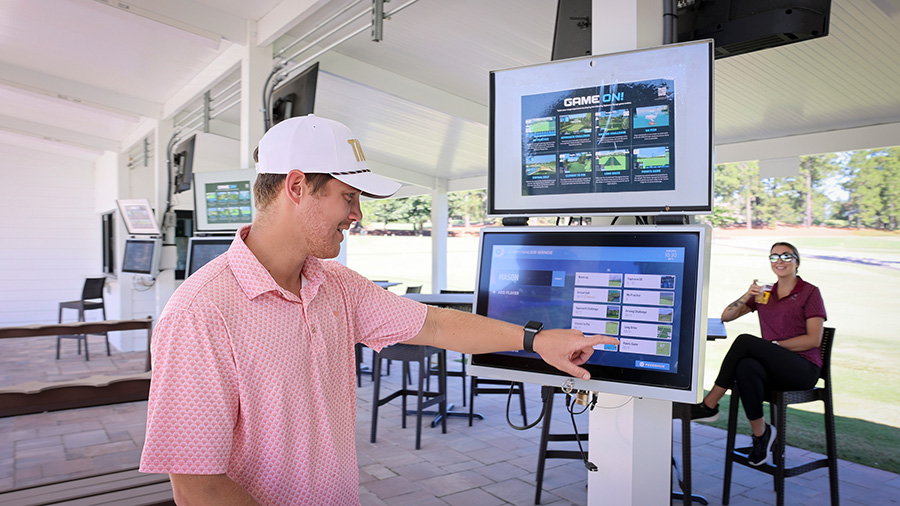
Talamore Resort Debuts New Toptracer Range

The History of the Pinehurst Inns
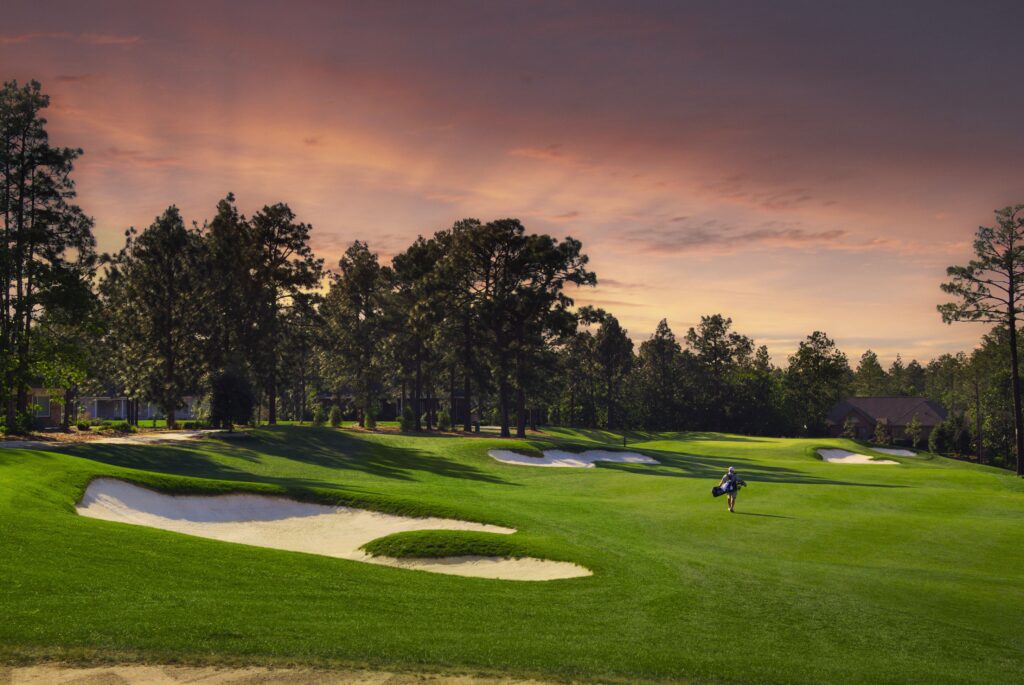
“For me, Pinehurst is such a special place for golf!”- Tom Fazio
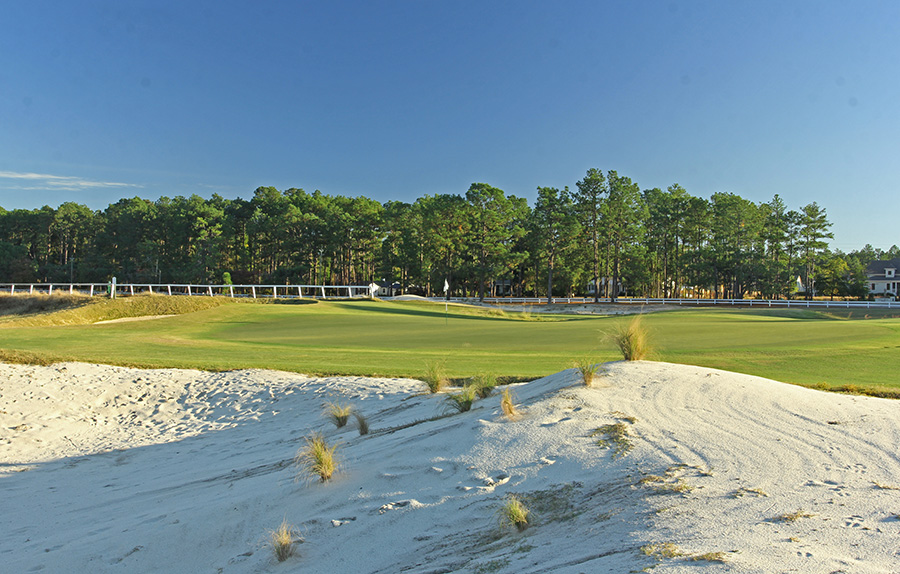
Maples Roots Run Deep in Sandhills Golf Design

New Southern Pines Mural

Pinehurst Area Buzzing with 2023 Excitement

Discover the Sweetness of the Sandhills

Celebrating the New Year in Moore County

The Big Three
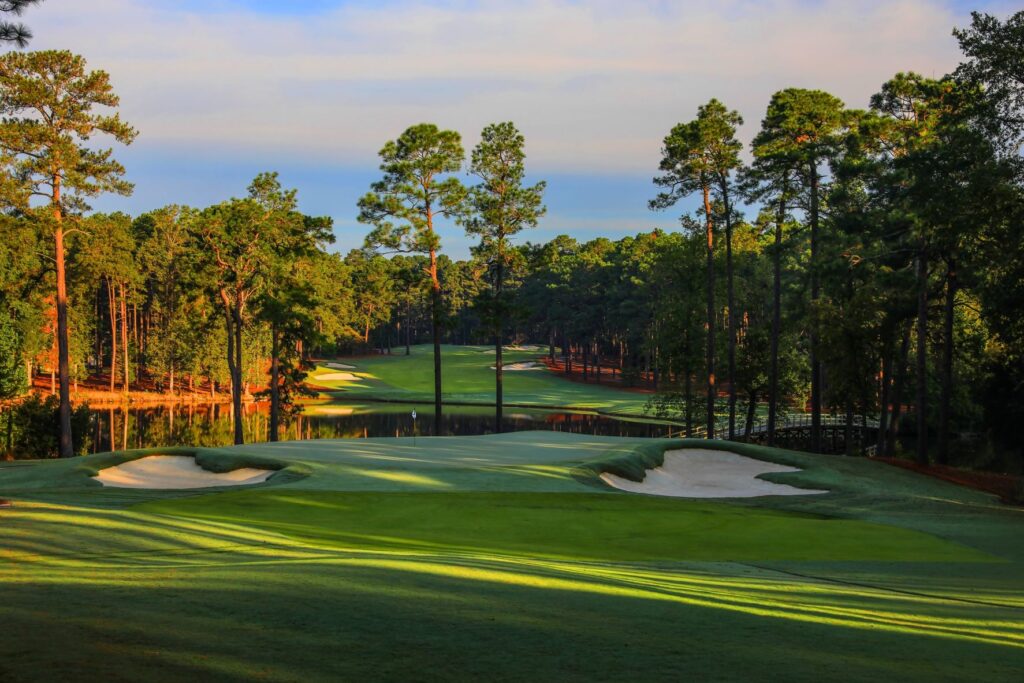
Jones Family Imprint
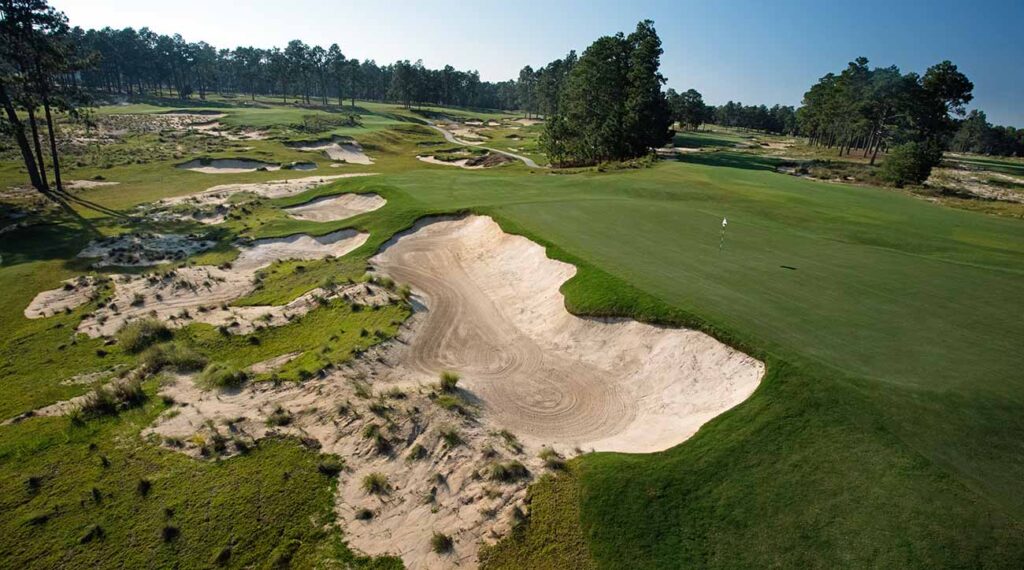
The Hanse Touch
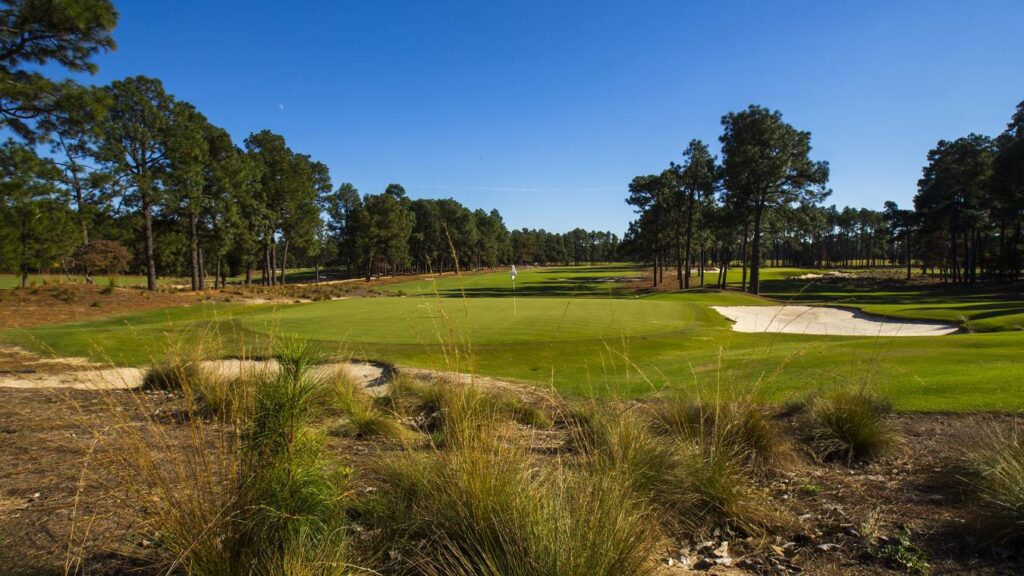
Coore & Crenshaw Roots Run Deep
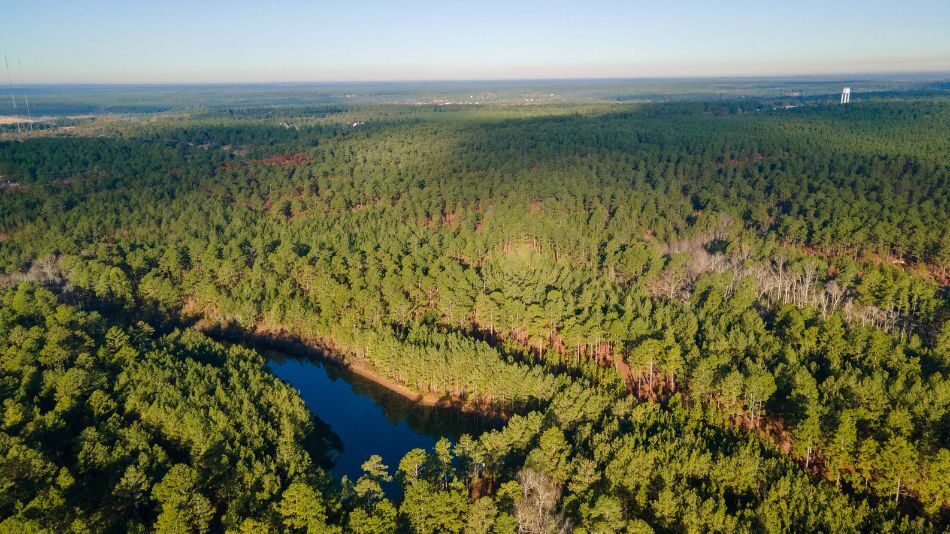
Pinehurst Resort Announces New Course to be Designed by Tom Doak
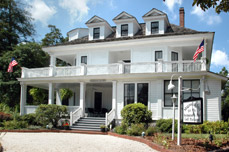
PINEHURST’S MAGNOLIA INN REOPENS
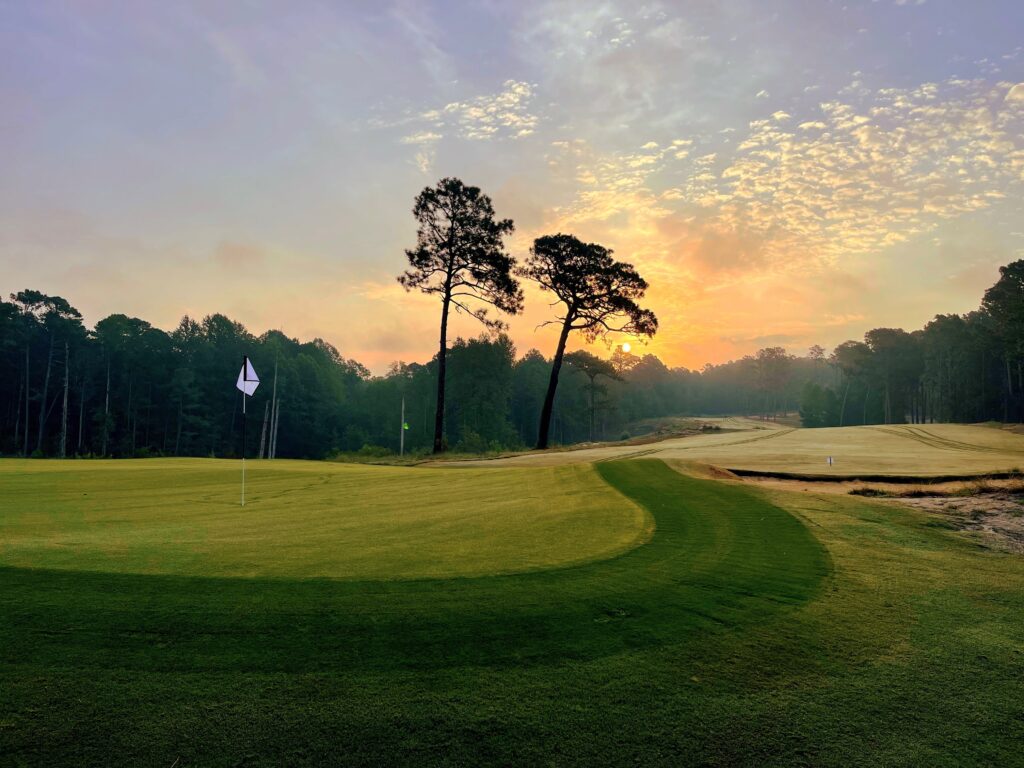
Southern Pines Golf Club Recognized
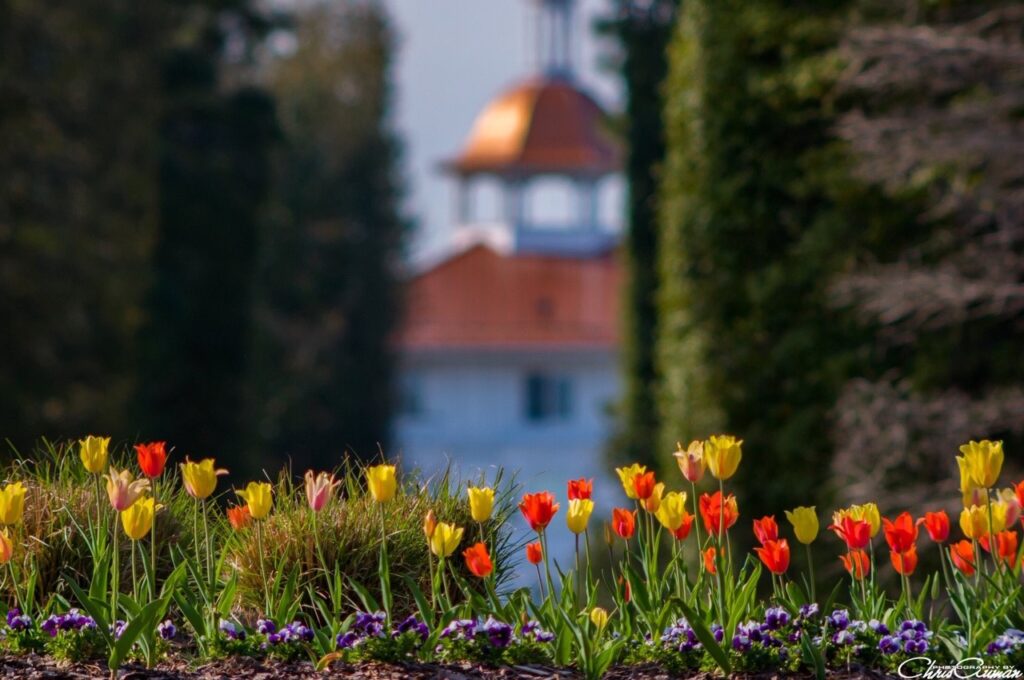
Spring in the Sandhills

Mother/Daughter Weekend in the Sandhills
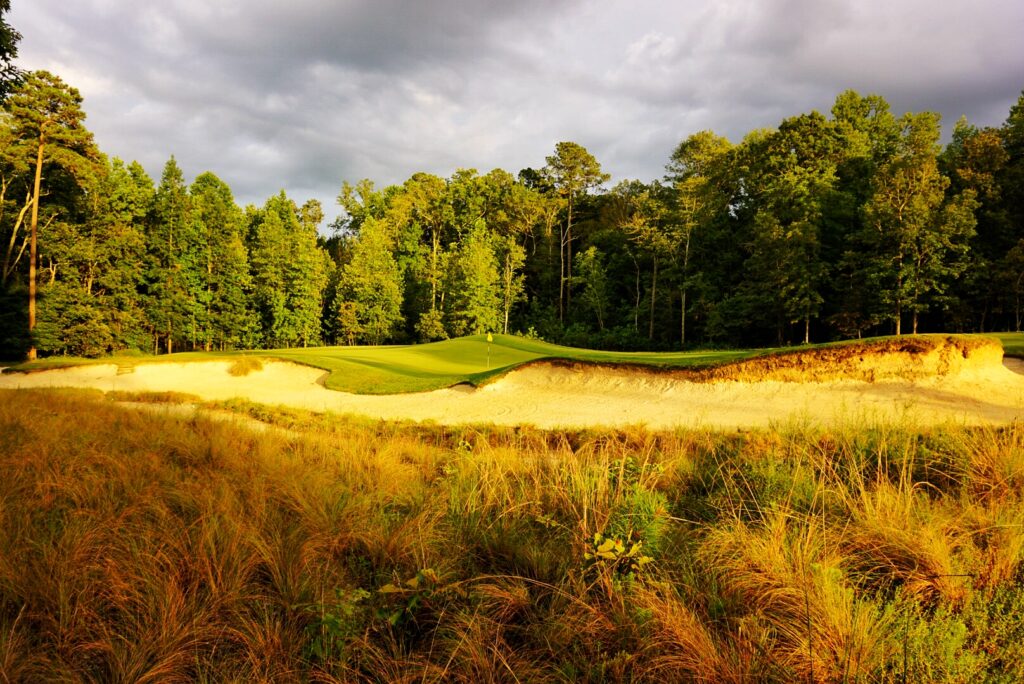
A Few of Our Favorite (Golfing) Things
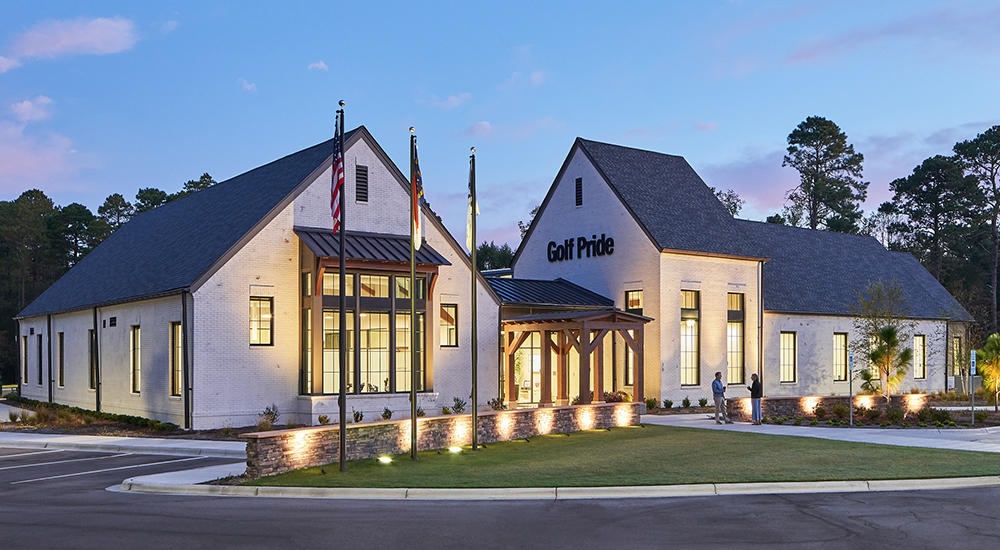
Golf Pride Retail Lab a must-see experience for your Pinehurst itinerary
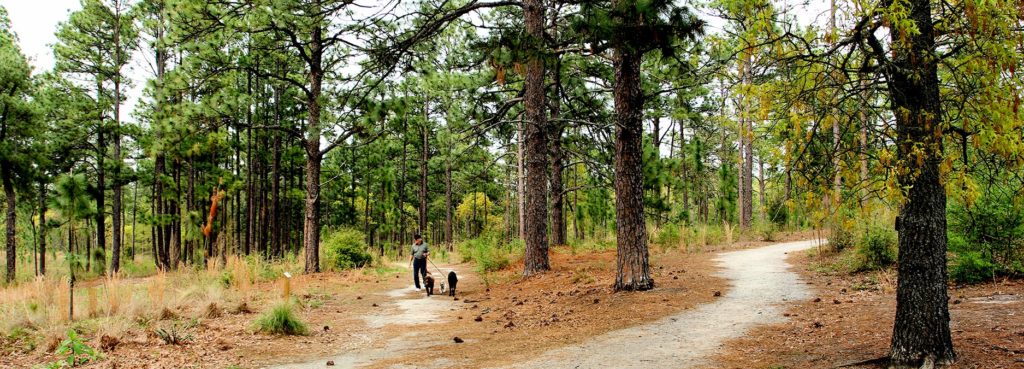
6 Trails to Explore for the Year of the Trail

Pinehurst No. 2 Still Ranked Best Course in NC

Sandhills Ecology 101
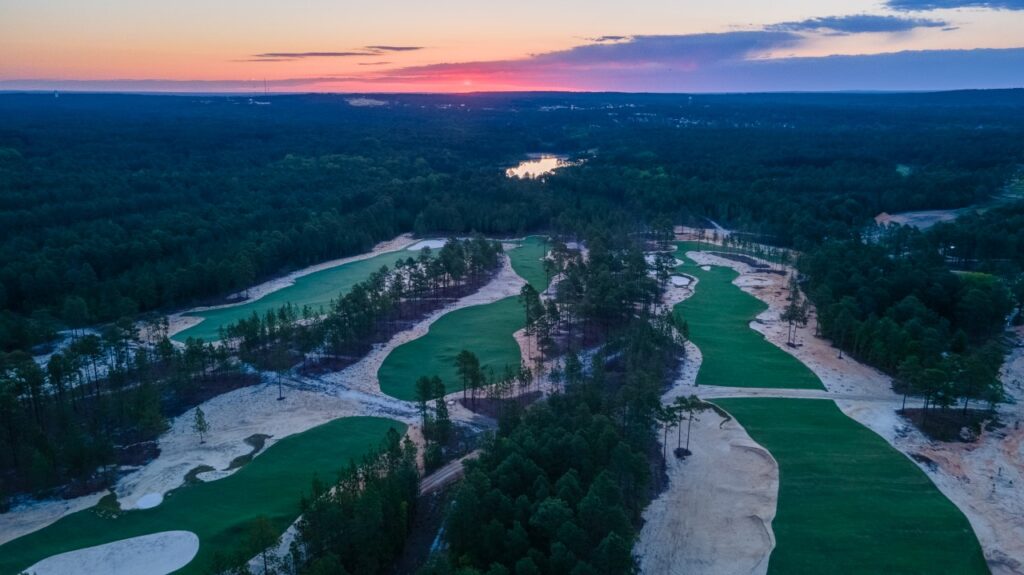
X Marks the 10-Spot

Best Date Night Ideas in the Sandhills
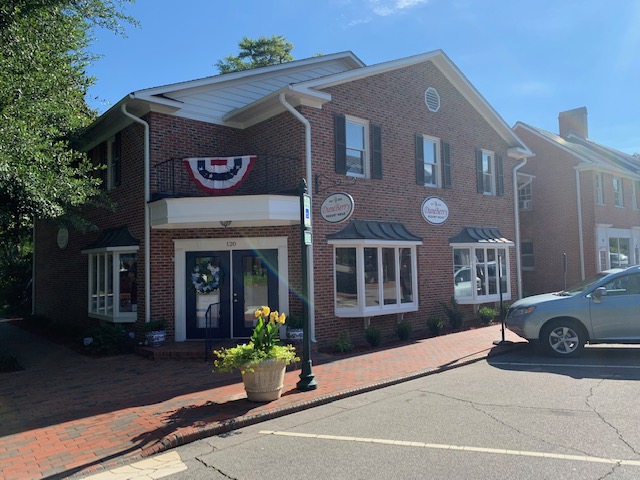
Small Towns Big Style

9 Urban Trails Around Pinehurst Area
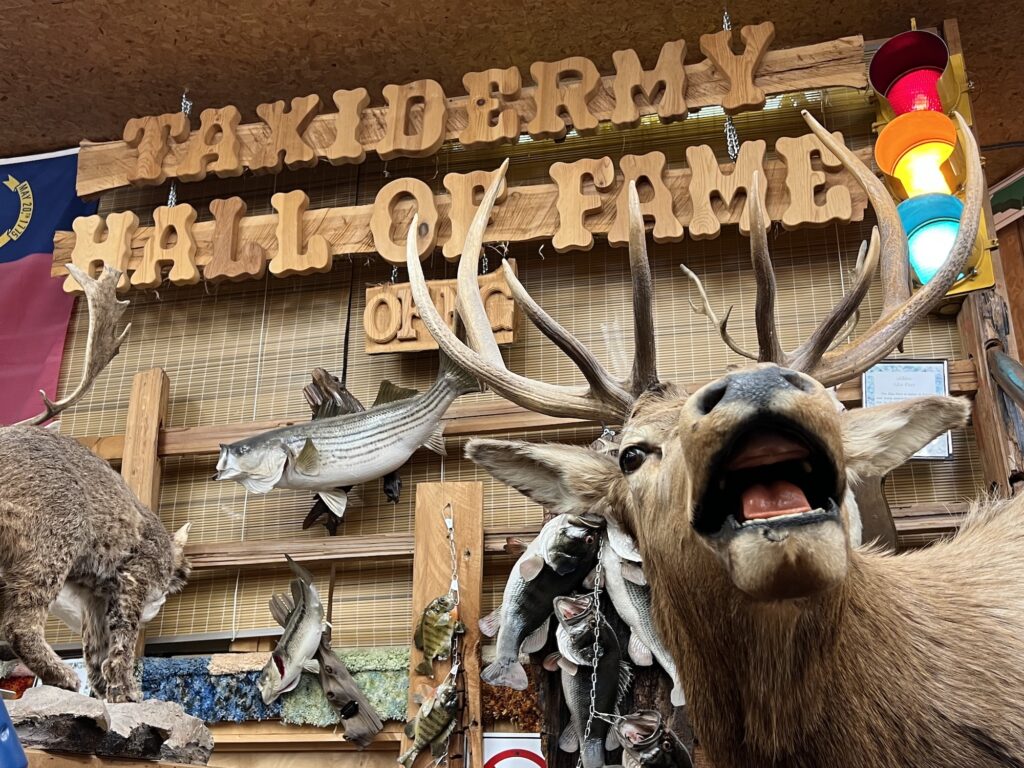
Uniquely Pinehurst

1999 U.S. Open: A Look Back

A Restorative Weekend Getaway at Tanglewood Farm B&B in Southern Pines
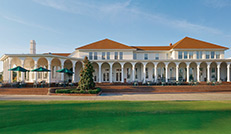
Top Things To Do On A Long Weekend

Independence Day in the Sandhills
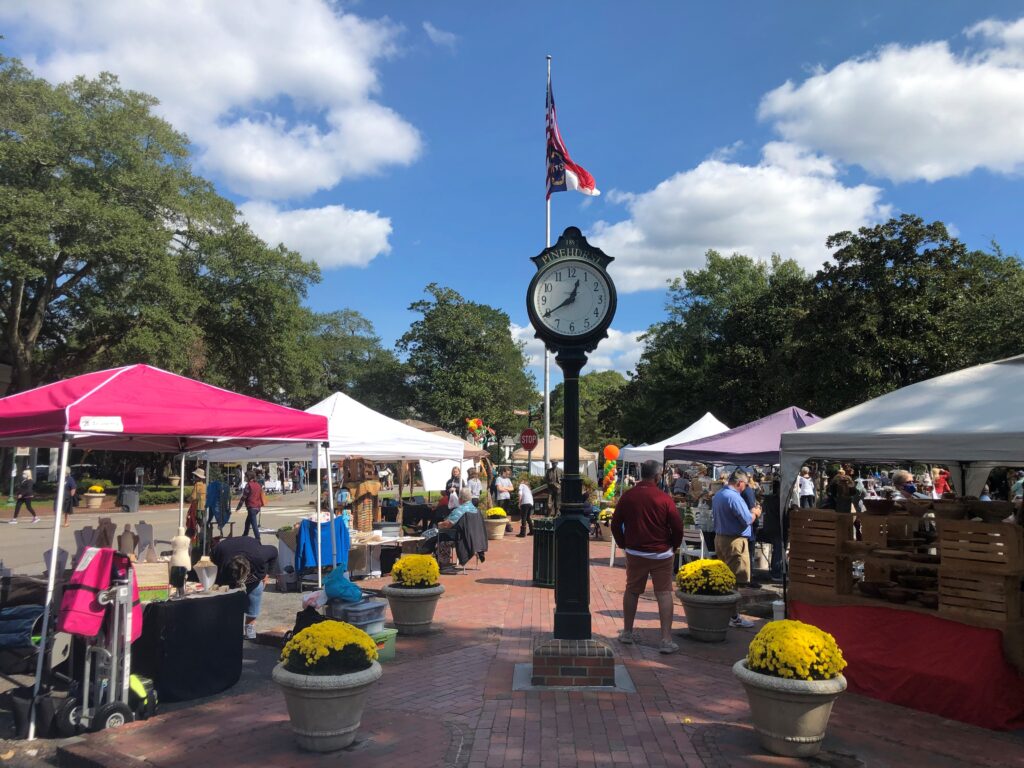
Fall Events Around the Sandhills

Celebrating NC Peaches

Kid You Not
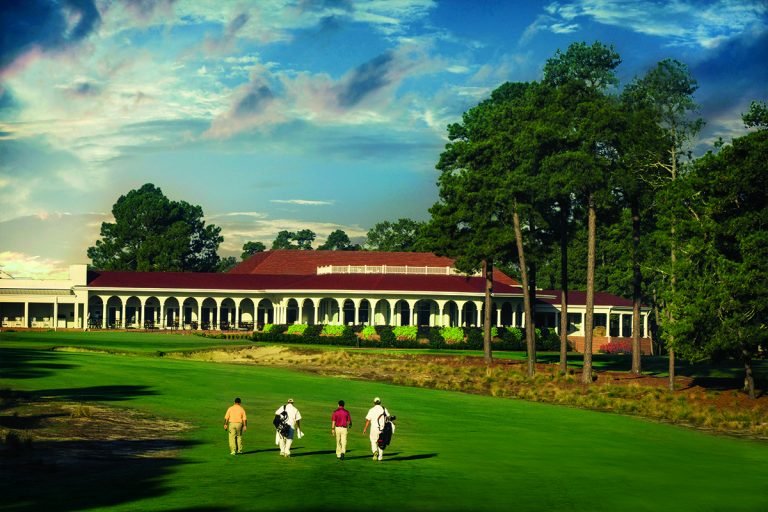
Sleepy Summers No More
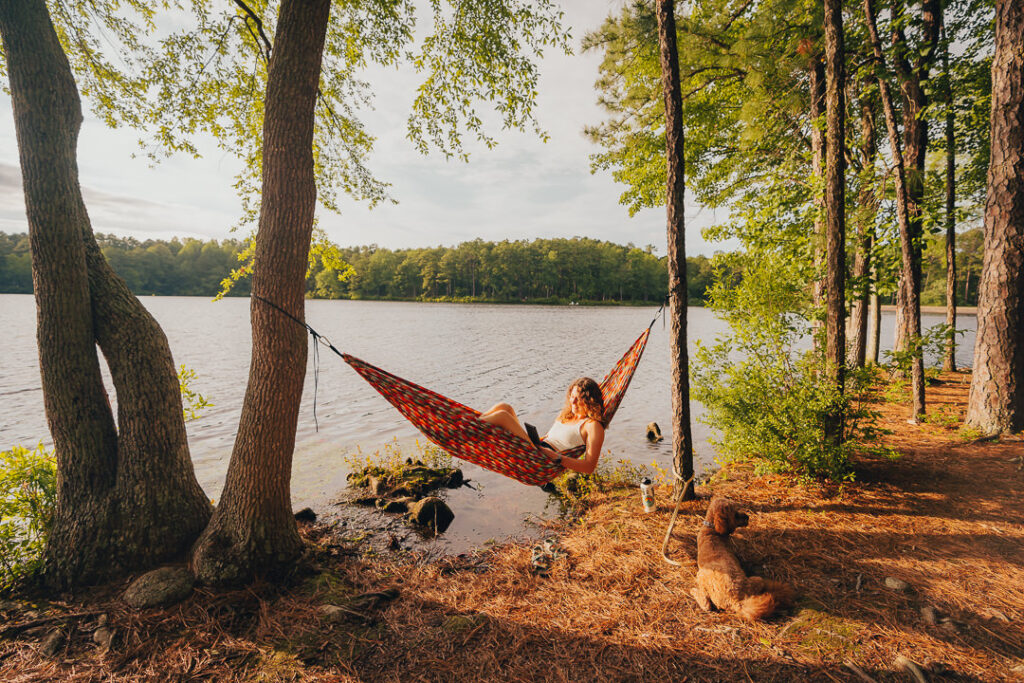
Getting Outside

When They Were Young

Pinehurst Major-itis

Loving Our Black & Whites
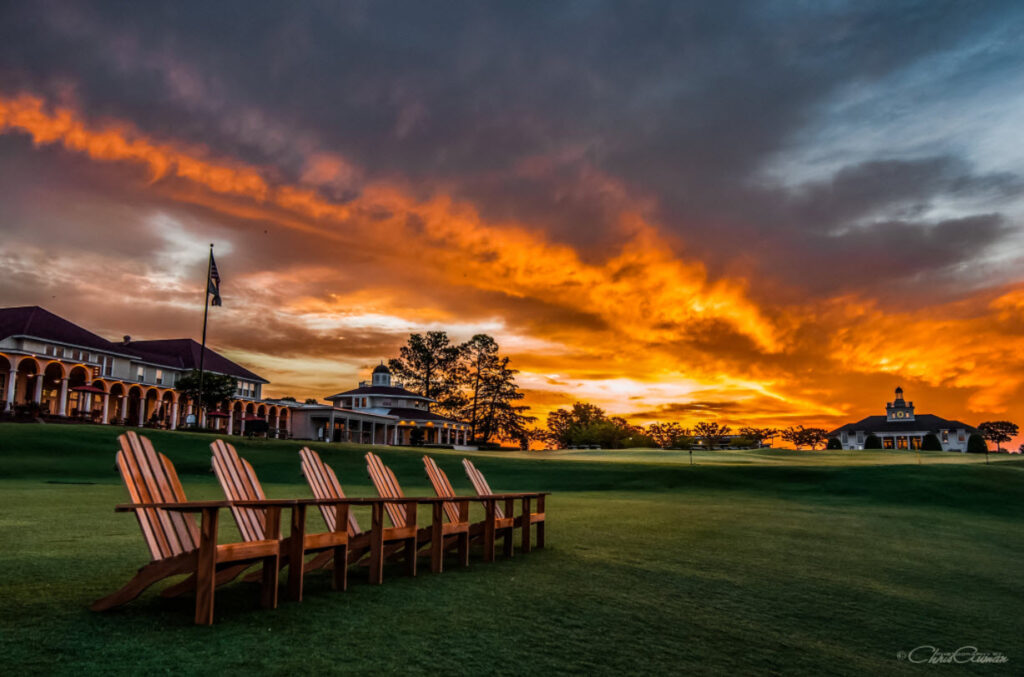
Lens of the Sandhills

Festival D’avion Named as Signature Event
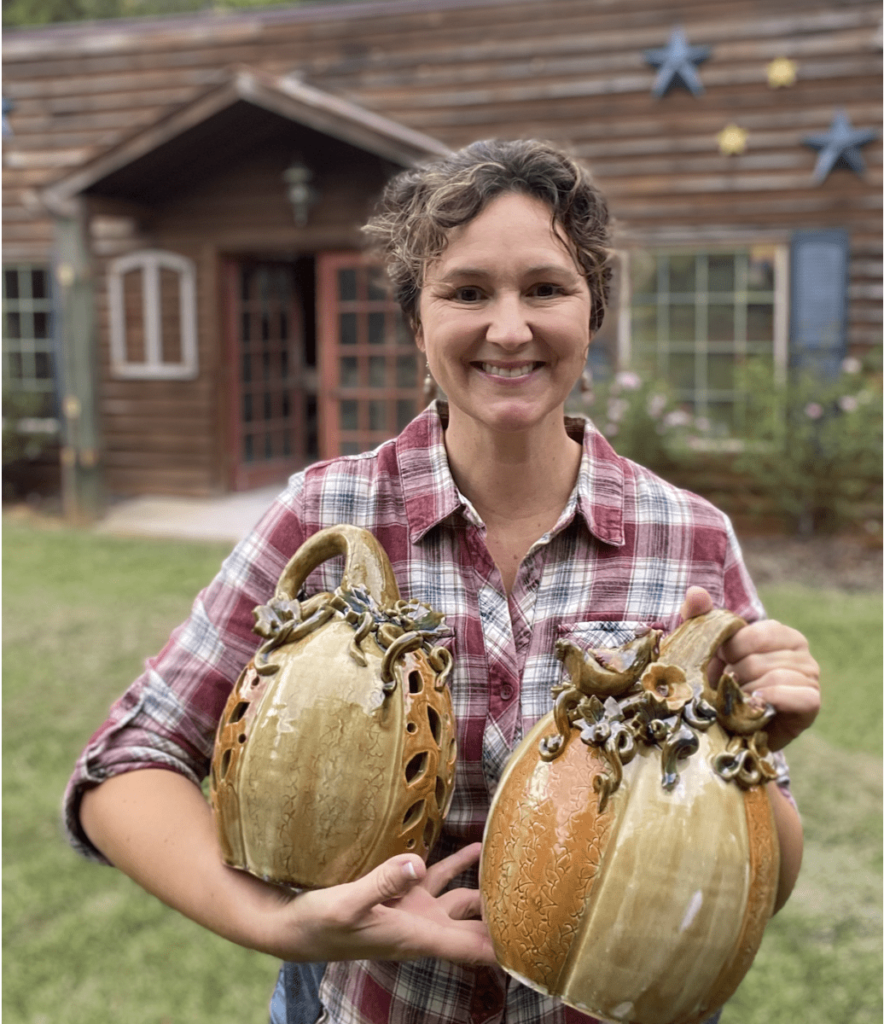
Celebrate American Craft Week

Act Two for Tot Hill Farm
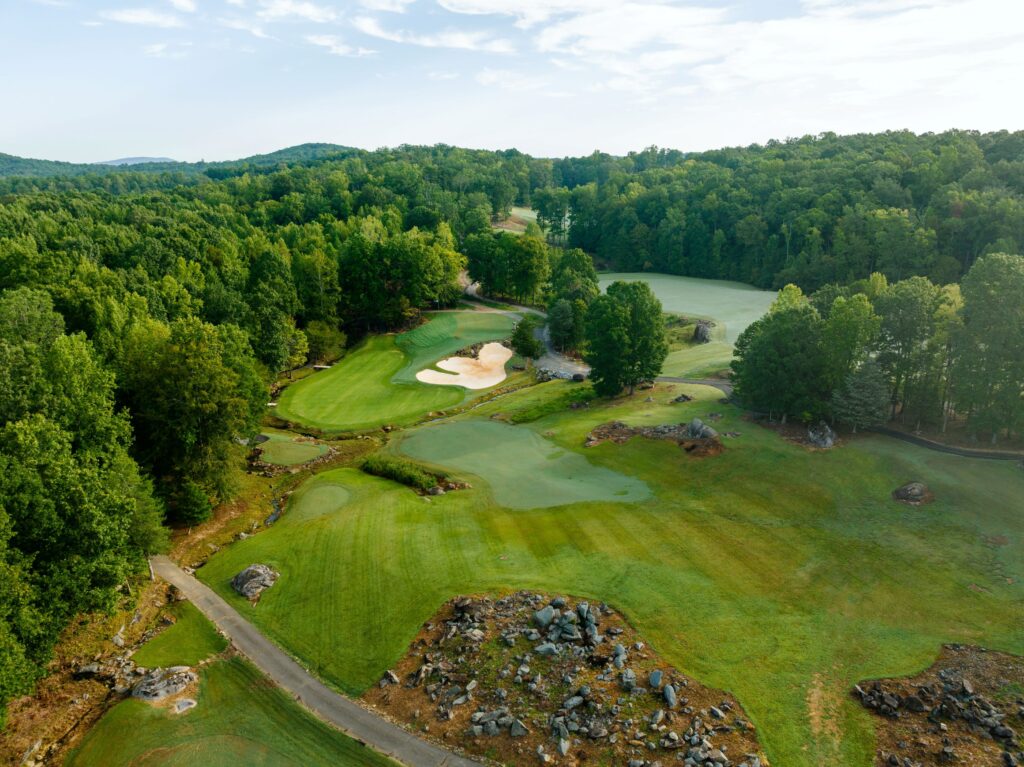
An Artist in the Dirt
Legends of the Pines

Breakfast Joints of the Sandhills

The Scottish Invasion

To Dornoch and Back
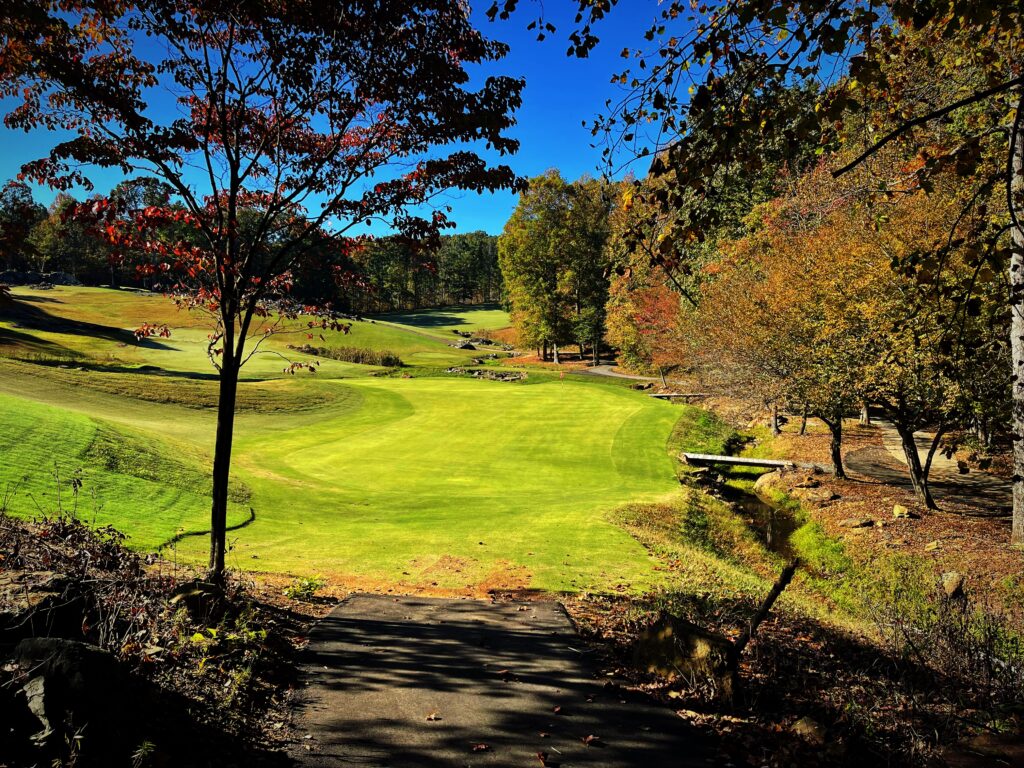
A “New” Pinehurst Welcomes the World in 2024
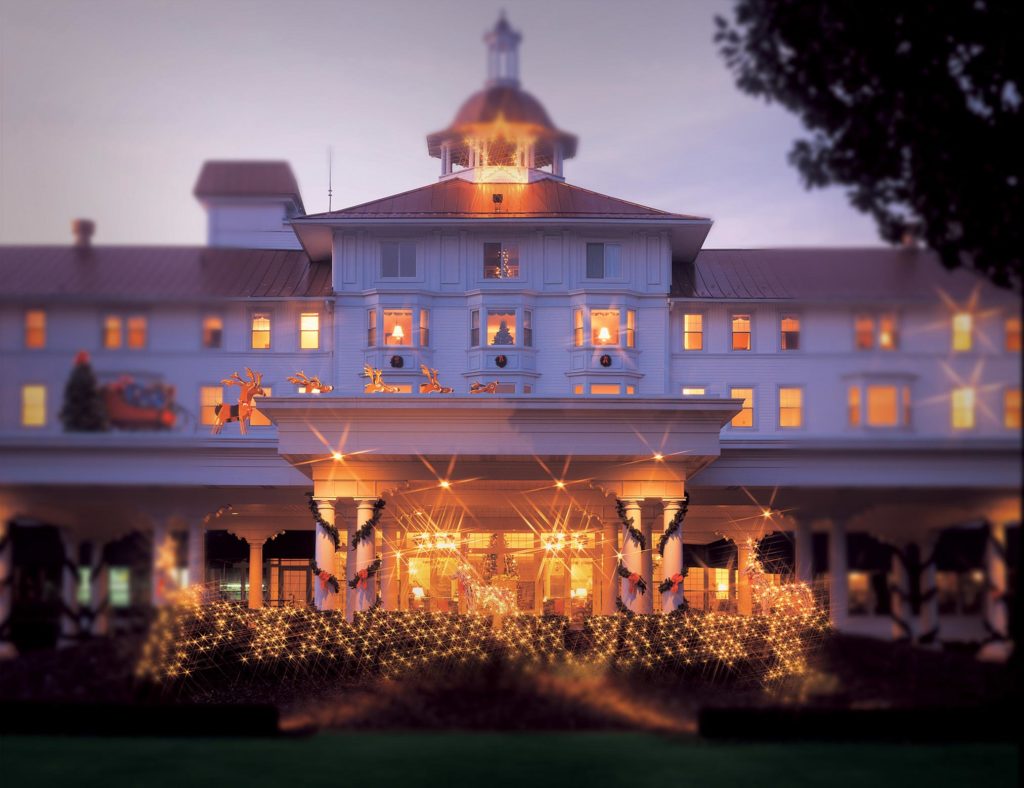
Pinehurst Holiday

Golfers Gift Guide
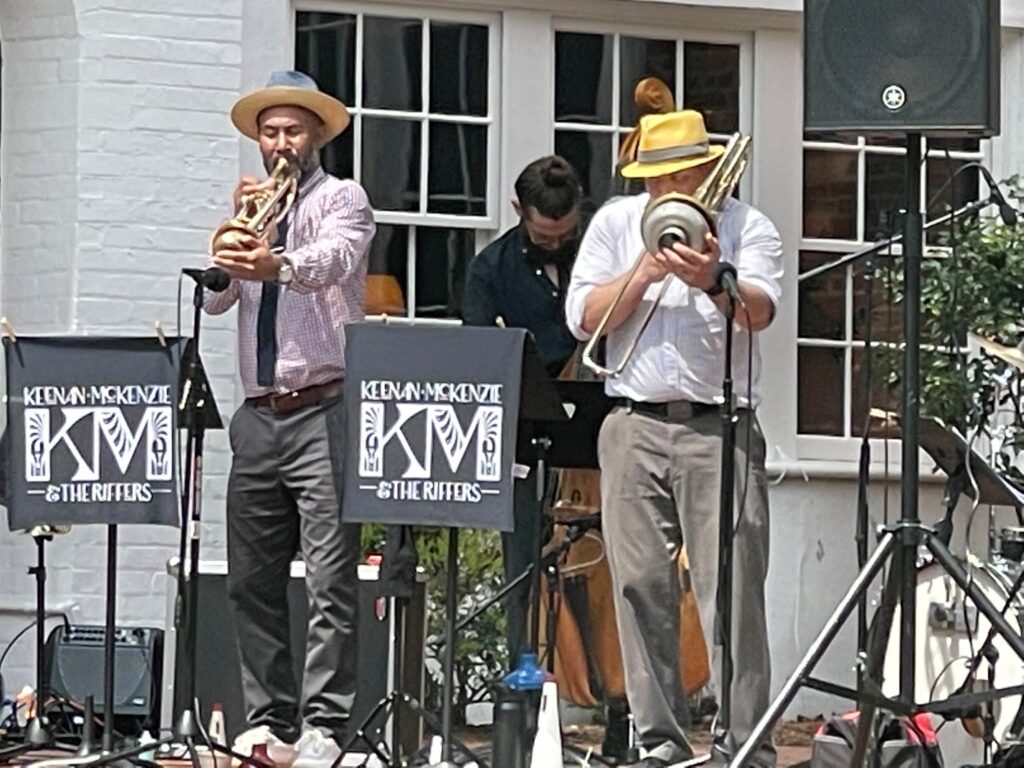
Sandhills Nightlife Scene

A U.S. Open Year

Payne at 25

Where to Antique in Cameron and Carthage

Girls’ Weekend in Moore County
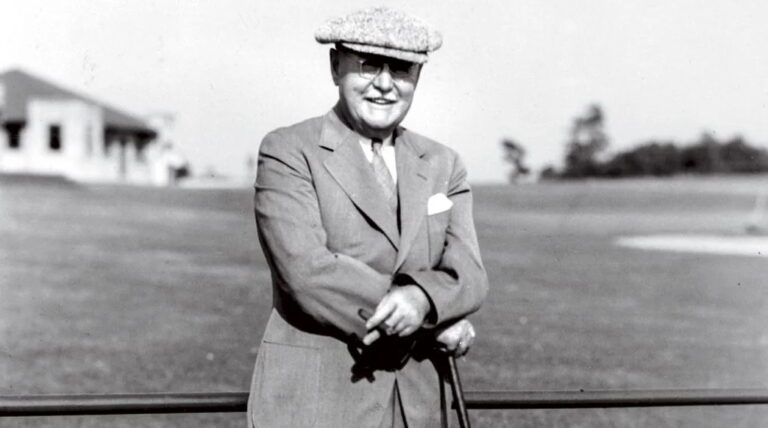
Sandhills Hall of Fame
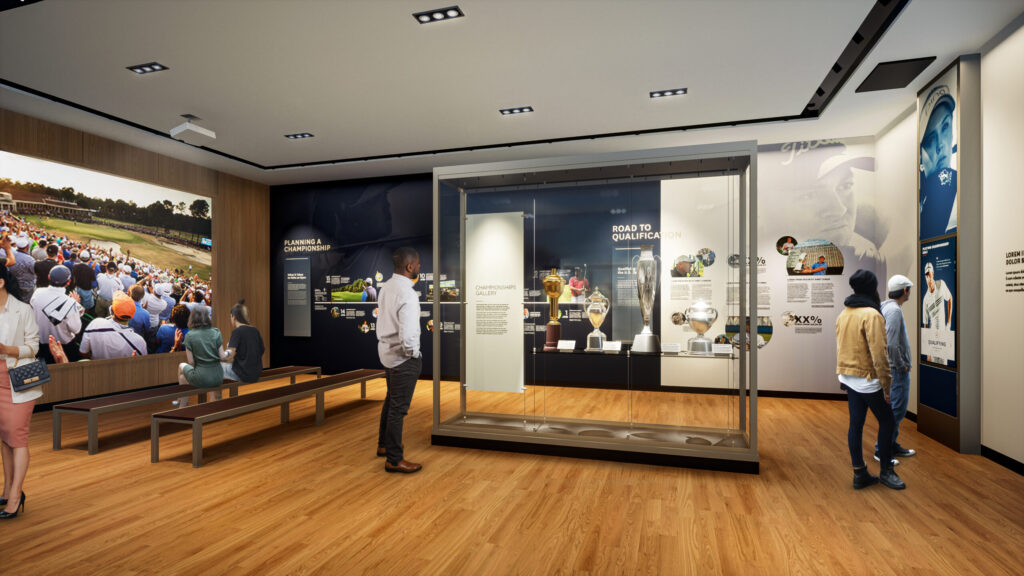
Hall of Fame Take Two
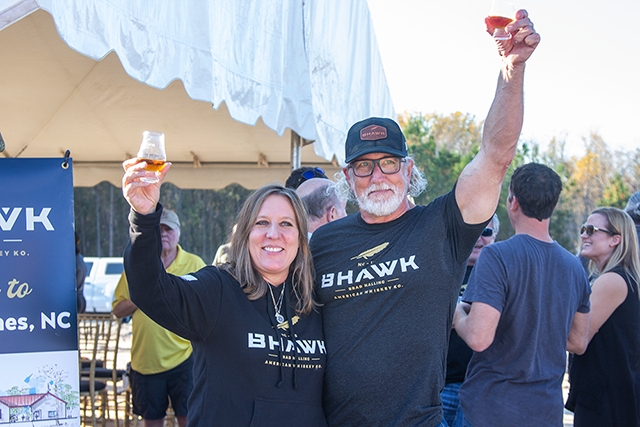
BHAWK Distillery Toasts Military Spirit

A Dozen Master Strokes
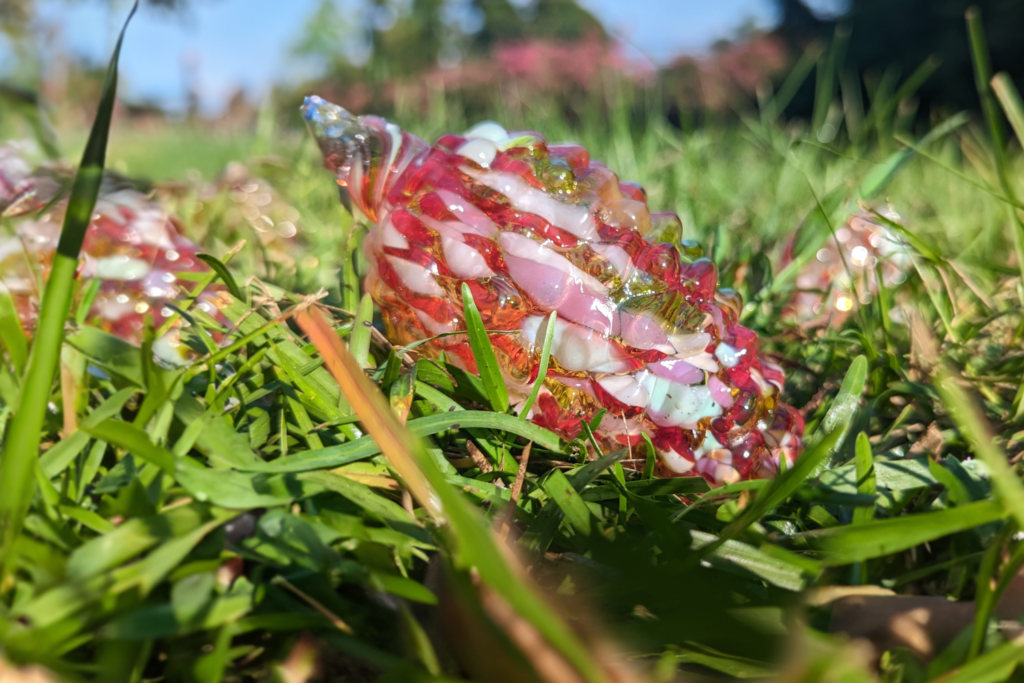
Popular Pinecone Pathways Returns for Spring 2024
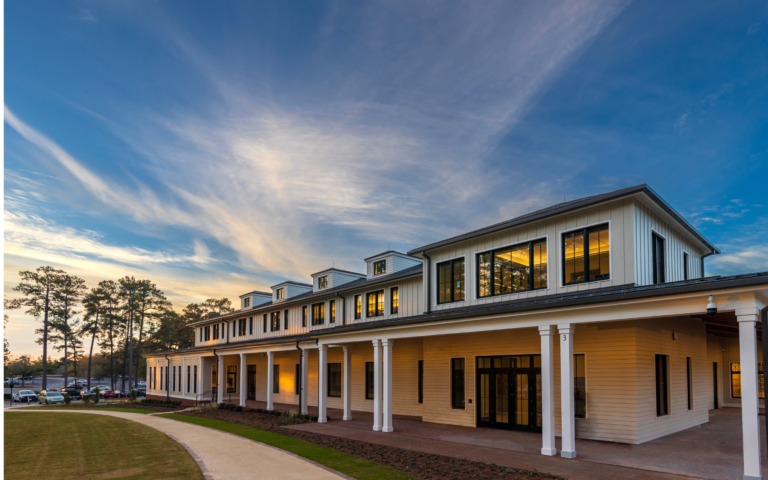
The Dynamic Decade
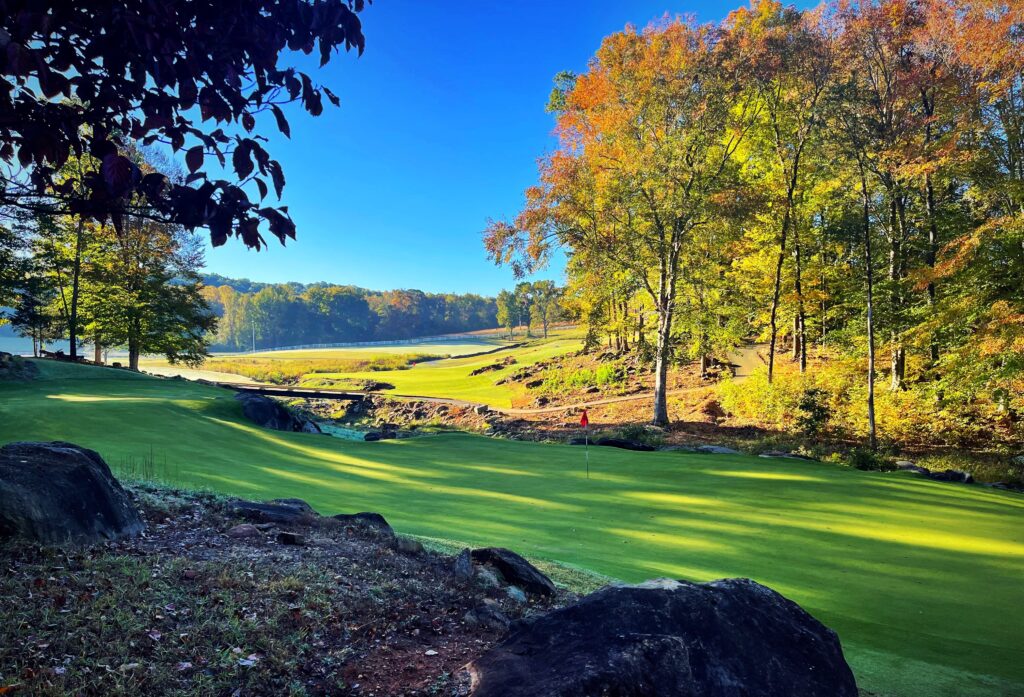
Sandhills Pours Double Dose
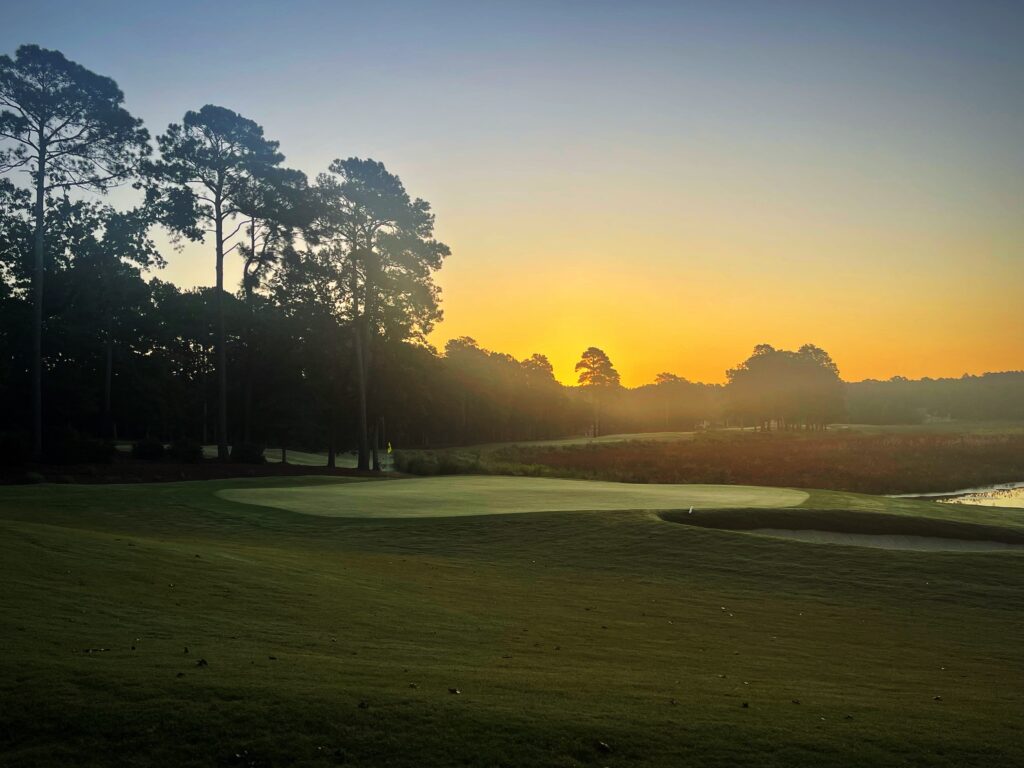
Rebirth at Woodlake
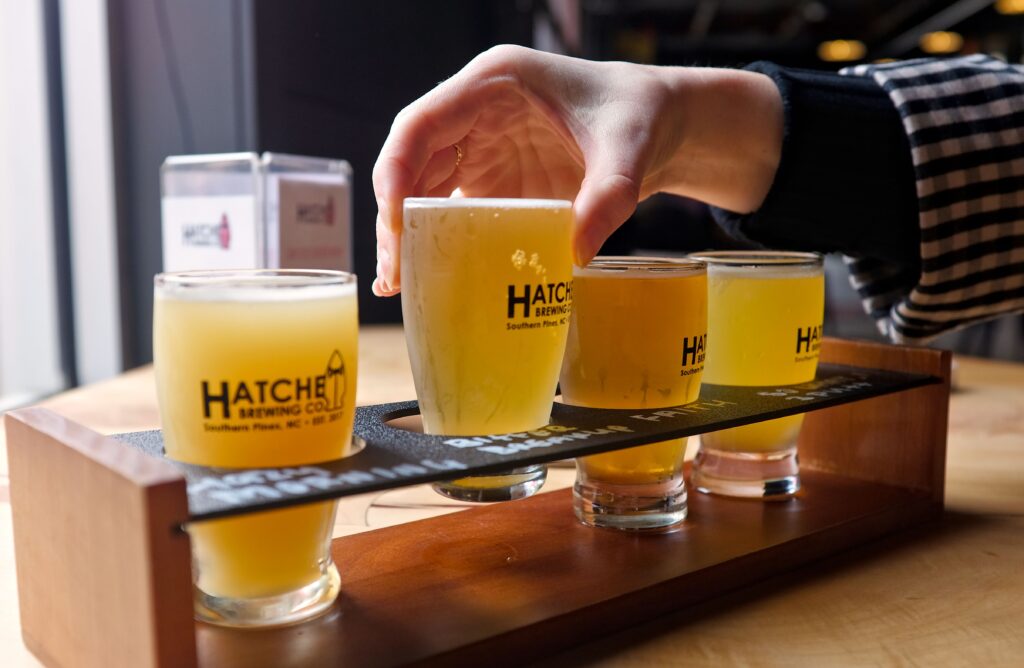
Pints in the Pines: A Guide to the Breweries of the Sandhills

